Shutter Speed in a Nutshell
The further down you scroll, the more detailed the info will get
What is the Shutter?
When we talk about shutter speed, we first need to understand what the shutter is.
Look at the video below. After the light of your scene passed the lens and the aperture, it doesn’t hit the sensor yet.
Before you press the shutter button of your camera, the sensor is usually covered by a set of blades. These blades are called shutter. Together these blades form the shutter curtain.
When you press the shutter button, the blades reveal the sensor and start the actual process of exposure (remember, exposure was all about the sensor being exposed to light, so before the sensor is uncovered, it is not being exposed at all). After a certain time, the shutter is closing again and ends exposure.
Shutter speed is misleading!!!
Photographers call the time the shutter is open “shutter speed”, which is very misleading, because it has absolutely nothing to do with the speed the shutter opens or closes, but instead with the time the shutter stays open.
That’s why the technically correct and much easier to understand term is exposure time. So the time the sensor is exposed to the light in your scene. In the image below, the shutter was quite obviously opened for 2sec.
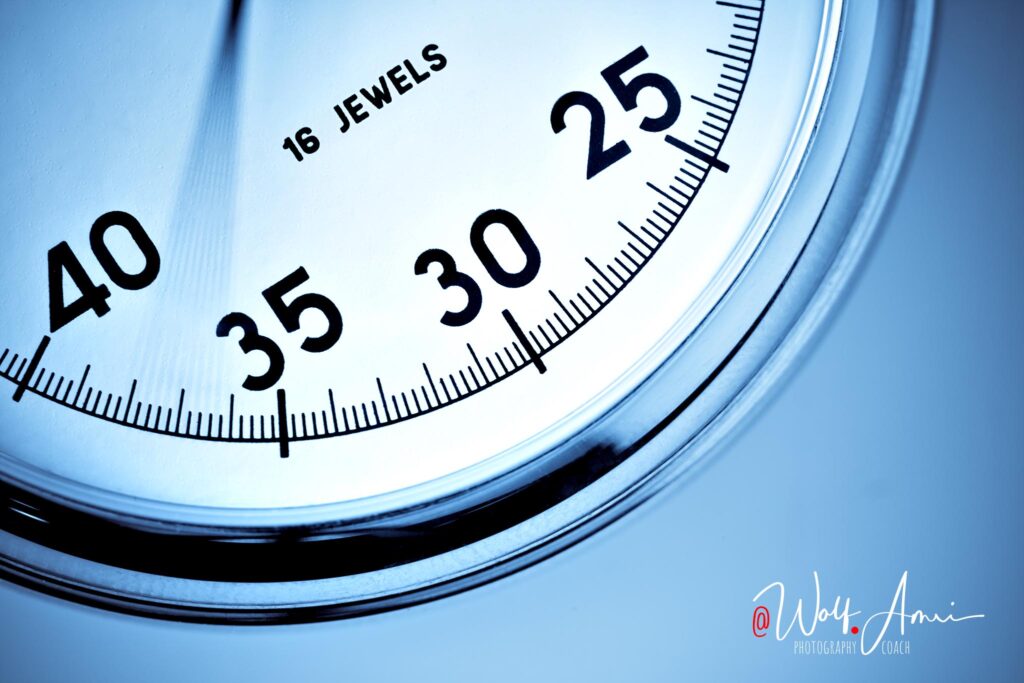
There is a lot less confusion among beginner photographers in my country
than I have ever seen in English speaking countries.

Use Shutter Speed But Think of Exposure Time
However, since it is almost impossible to get the term shutter speed out of the vocabulary of all the photographers out there, I will not fight against wind mills and mostly call it shutter speed. Forgive me if I throw in “exposure time” every now and then to remind you what it really is.
The First Effect of Shutter Speed
Together with scene luminance and aperture, shutter speed controls exposure. So the amount of light your sensor is exposed to, and with that the brightness of your image.
Short Exposure Time Darker Image
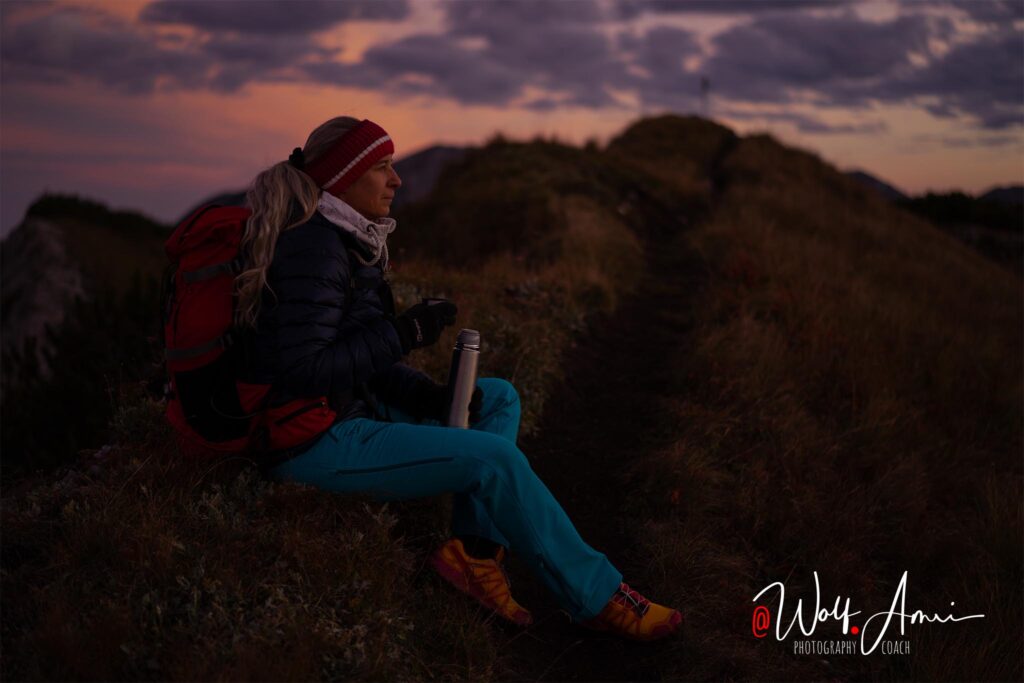
The shorter the shutter is open to reveal the sensor, the shorter the sensor will be exposed to the light, and the darker your image will turn out.
The red bars are the shutter blades – see the shutter animation on top of the page to fully understand.
Fast shutter speed = short exposure time
Long Exposure Time Brighter Image
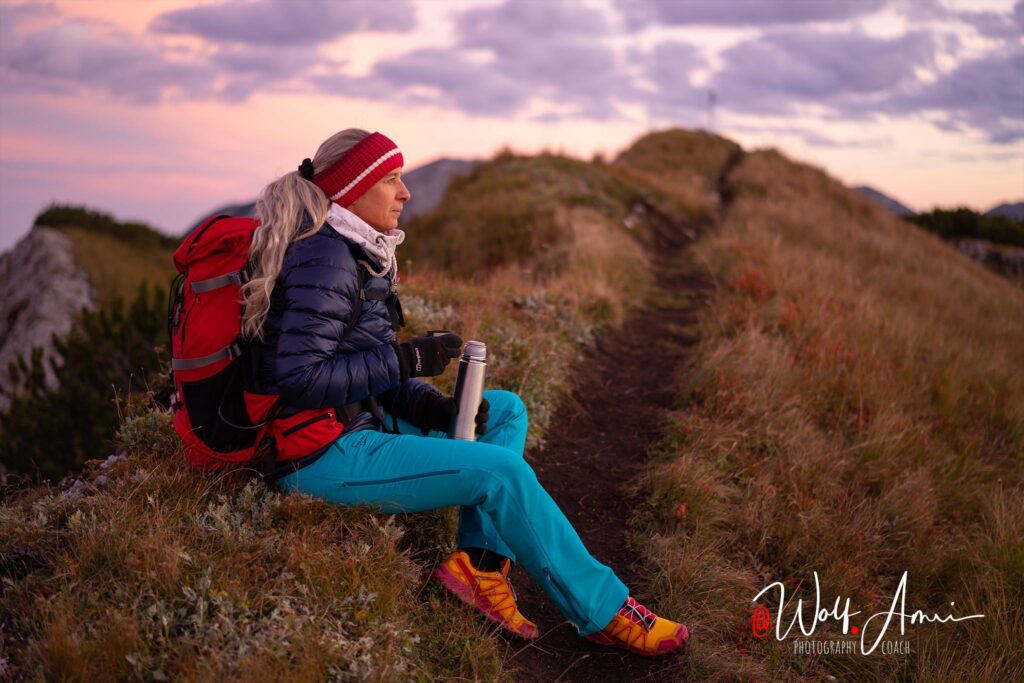
And the opposite is true if you expose the sensor longer. The longer the shutter is open, the longer the sensor will be exposed to the light and the brighter your image will become.
Slow shutter speed = long exposure time
Why Does a Longer Exposure Time Create a Brighter Image?
I’m an advocate for UNDERSTANDING why things happen rather than learning them by heart. Because if you understand, you don’t have to remember. Instead, it will become second nature and will improve your photography skills much faster. So why does the image get brighter, if the sensor is exposed to the light for a longer period of time?
Simplified, the sensor while being exposed to the light is basically counting light particles.
While scientists are still not 100% sure what light exactly is, one of the most renown theory is, that it consists of small light particles, called photons.
The light particles travel from the scene, through the lens (aperture) to the sensor. The sensor basically “counts” these light particles for many tiny areas of the frame (pixel) and the more it counts, the brighter that area will get.
Here is a quick animation that will make shutter speed easy to understand for good and all.
Short Exposure Time
(fast shutter speed)
less counted photons - darker image
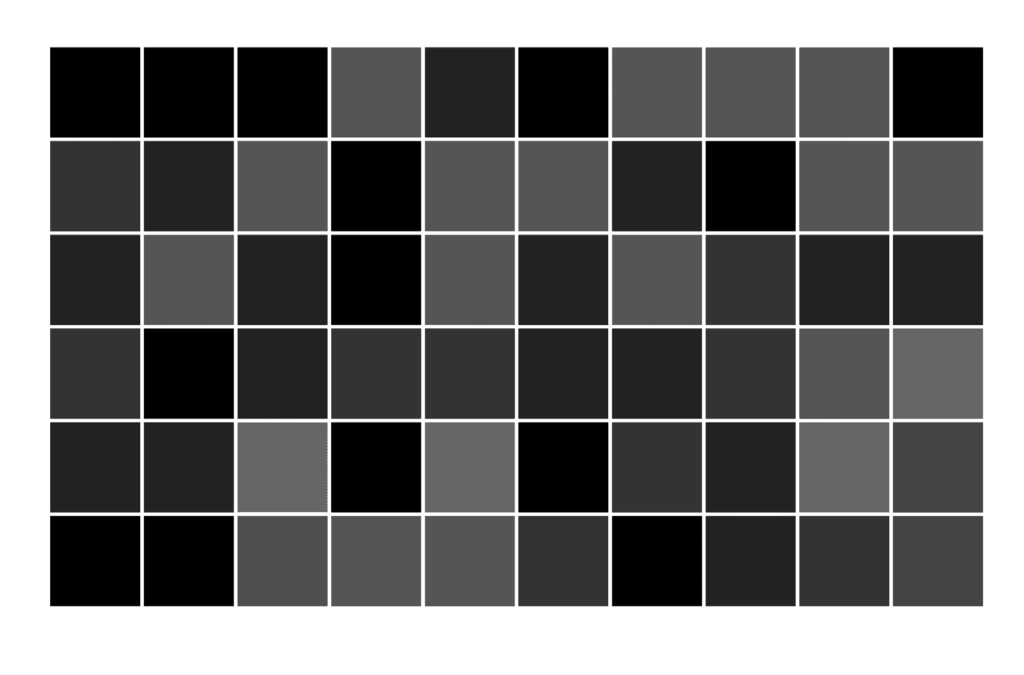
Long Exposure Time
(slow shutter speed)
more counted photons - brighter image
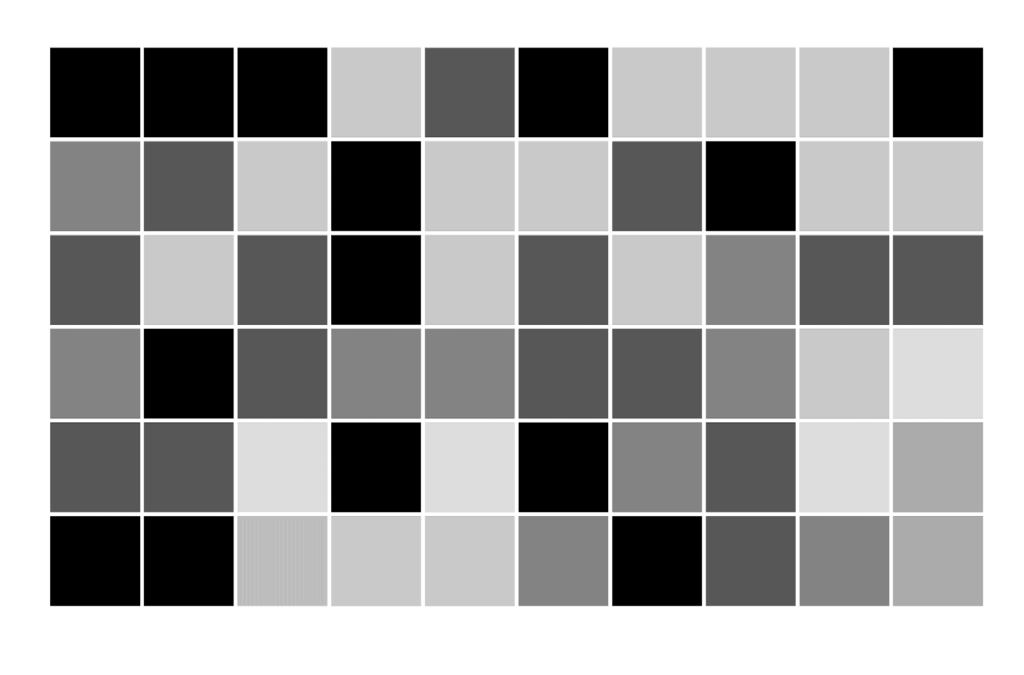
Quite logically, if the shutter is open longer, it can count longer and will therefore count more light particles. Please note though: the parts that are true black in an image, can remain true black unless you over expose the shot.
For example if there is a constant flow of light,
- 3 photons will hit the sensor in 1 sec
- 30 photons will hit the sensor in 10sec
Of course in the latter example, the image will become brighter.
So a longer exposure time will result in a brighter image.
Shutter Speed Mnemonic
- The longer you expose the "sensor" to the snow flakes, the more it can count.
And you see in this example, the brighter the image will get. - If we close the shutter earlier, it will count fewer snow flakes, resulting in a darker image


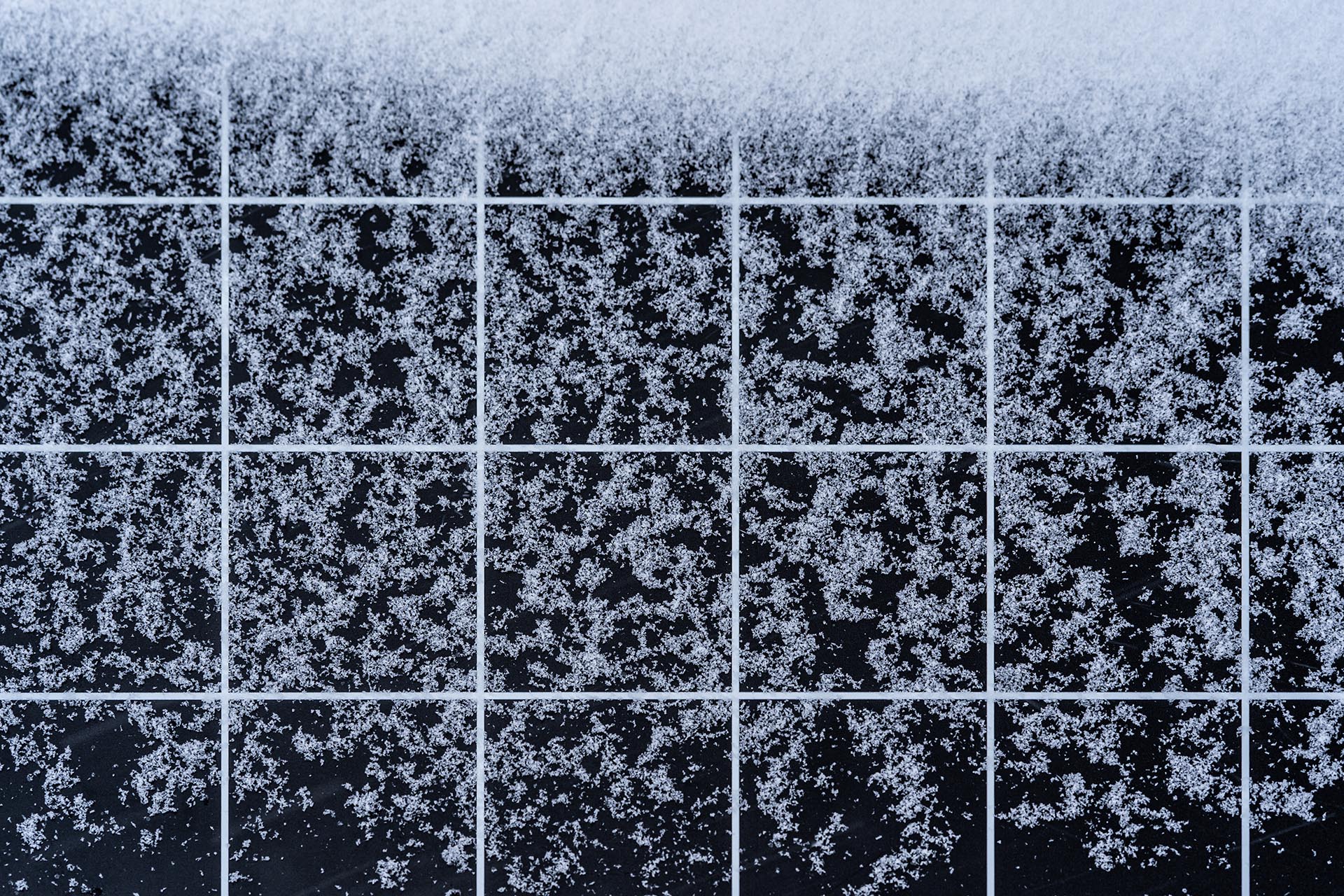
Twice
-
the Time
-
the Brightness
- the Time
- the Brightness
If you expose the sensor twice as long, your image will become twice as bright.
Doubling of Light AGAIN!
I told you that doubling of light plays a big role in photography, and here it appears for the third time. It first appeared in scene luminance, a second time when I explained aperture, now for the third time, and I promise it won’t be the last.
And no surprise, that doubling of light is called “stop” or “Exposure Value”.
So one stop, no matter if aperture, shutter speed or scene brightness will double the brightness of your image. Sounds pretty logical, right? They are interchangeable. If you want a brighter image, you can either choose a brighter scene (for example a different time of the day), or a bigger aperture-opening, or a longer shutter speed.
Just for the sake of completeness, here I photographed the very same scene that I shot to show you how much changing the aperture changes image brightness. This time I didn’t change the aperture, but the shutter speed.

shutter speed
1/8000sec
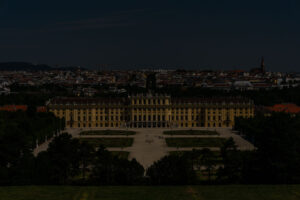
shutter speed
1/4000sec
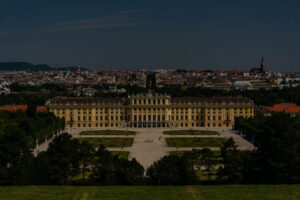
shutter speed
1/2000sec
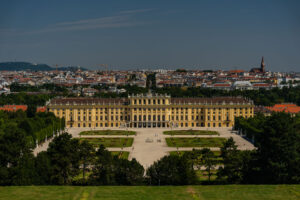
shutter speed
1/1000sec
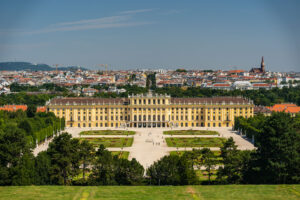
shutter speed
1/500sec
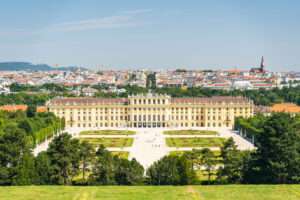
shutter speed
1/250sec
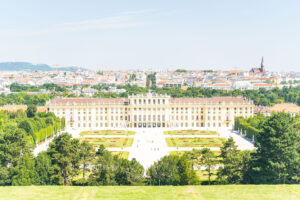
shutter speed
1/125sec

shutter speed
1/60sec
As you can see, doubling the shutter speed (exposure time 😉) will double the brightness of your photograph.
Why the question marks on both ends?
Other than aperture, shutter speed basically has no limits.
On the faster end, most DSLRs or mirrorless cameras may out at around 1/4000sec to 1/8000sec, but that is just a technical limitation. There are specific camera types that can use MUCH faster shutter speeds than that.
On the slower end, cameras usually have a limit of 30sec. Don’t mix that with 1/30sec, 30sec is half a minute!!!
BUT: there is a so-called “bulb setting” that can extend the shutter speed basically endlessly. I’ll explain bulb in a second.
The Camera Usually Compensates
In case you now try that with your camera and you don’t see any changes in your images when you change the shutter speed:
In any auto or semi-auto mode (Auto, P, Tv, Av, S, A,…), the camera will compensate for the loss of light by adjusting aperture, and/or another setting that you will soon learn about. Only if you change to manual exposure (M), will you see the direct effect that changing shutter speed has on image brightness.
Big Range of Shutter Speeds
You surely realized by now that shutter speed has a much bigger range of brightness levels than aperture has. Aperture usually has a range between 5 and 7 stops. Shutter speed usually has a range of 17 or 18 stops. Here is a list of the usually available shutter speeds with a graphical representation of what they are best used for.
As you know, each stop doubles the brightness. If you calculate the difference between 1/8000sec and 30sec, you will find out that the latter is 262.144 times as bright. Compare that to aperture, where the largest aperture opening makes your image just 128 times brighter than the smallest opening.
If you wonder why there are increments in between, have a look here: smaller increments of exposure.
The Second Effect of Shutter Speed
Creative use of Shutter Speed
Making images brighter or darker is the rather boring effect of shutter speed. There is a much more exciting one that changes the look of your images. Have a look at these examples. Changing the shutter speed will dramatically change the look of your images.
Waterfall Images
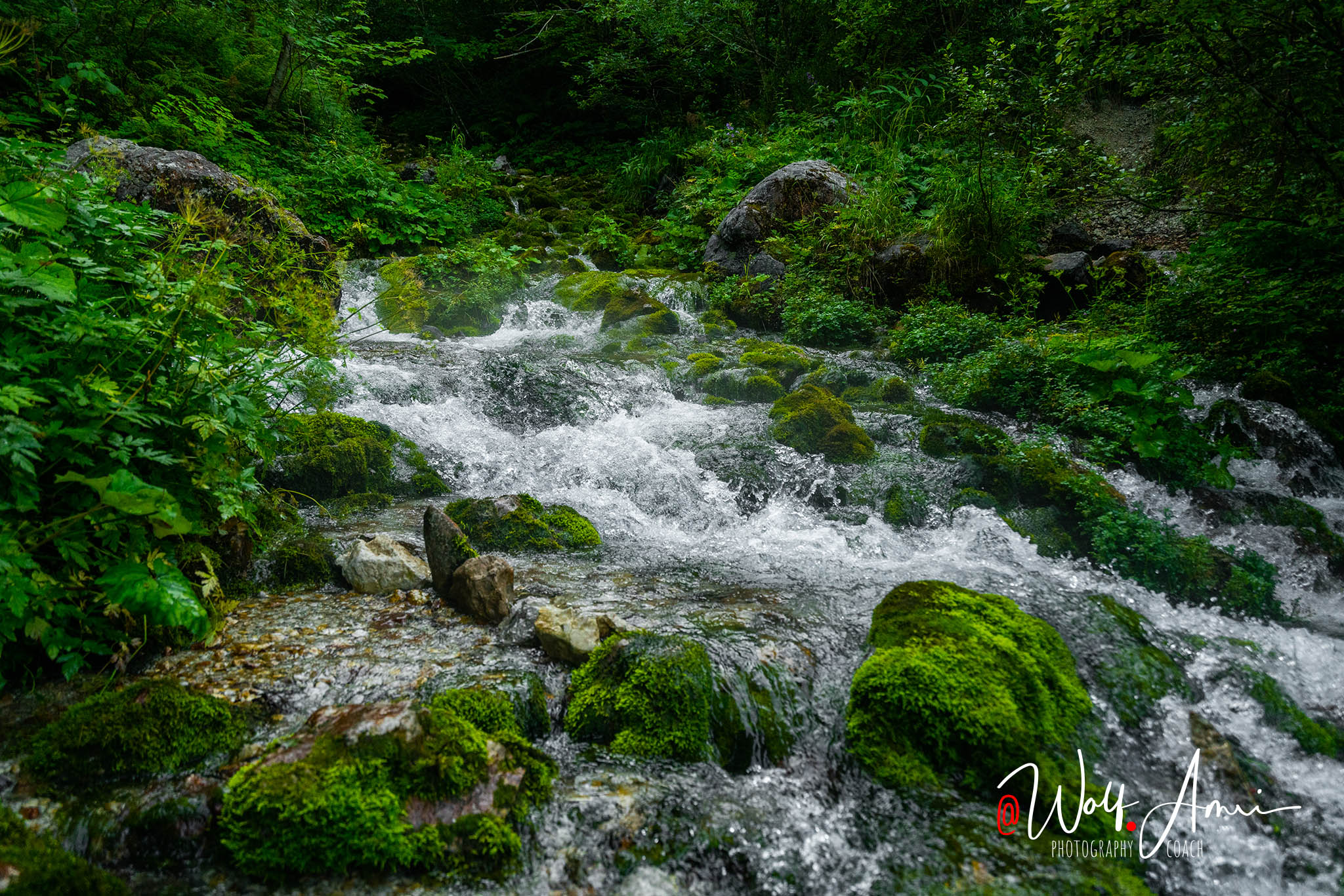
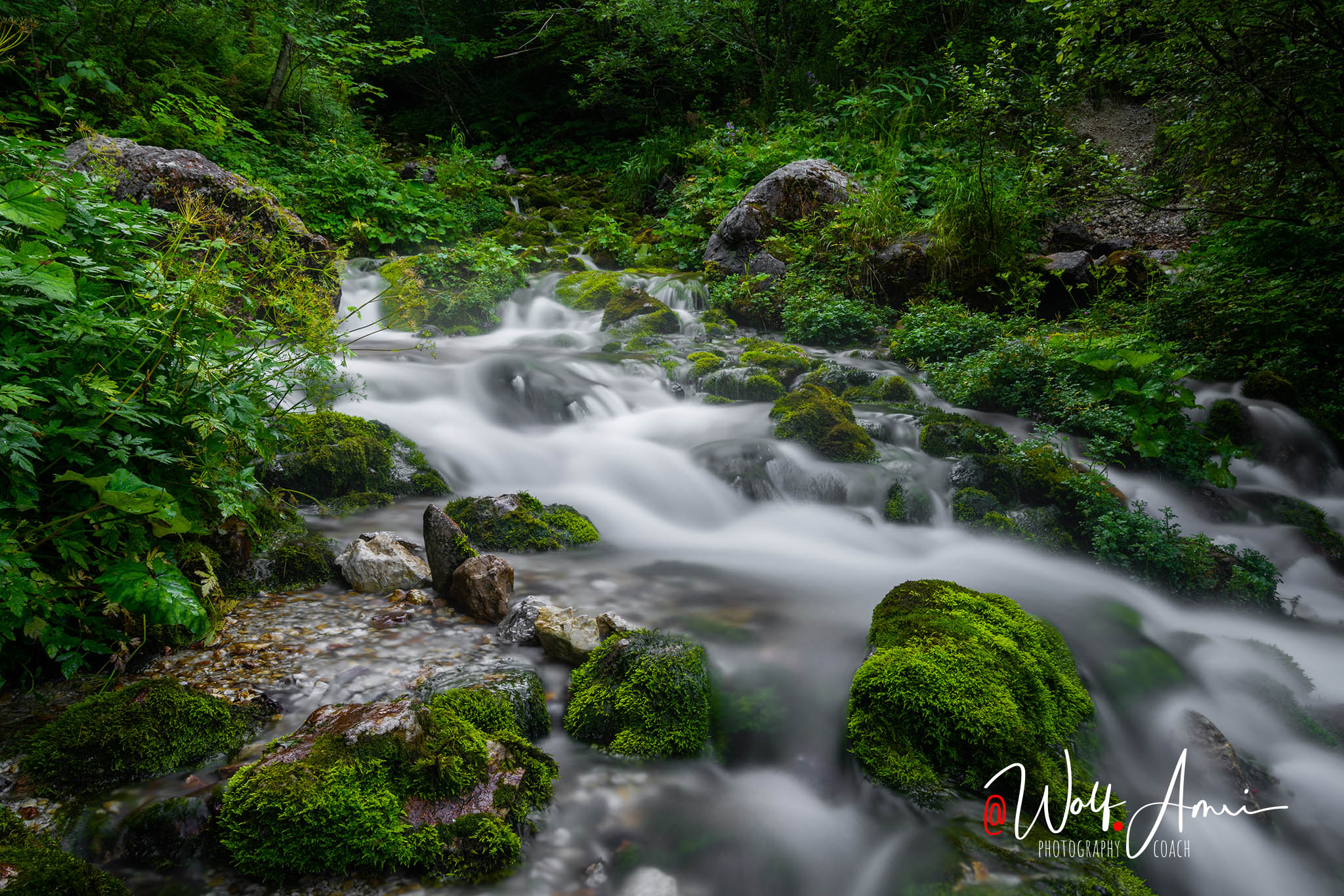
When you photograph a waterfall, many people like that silky smooth look of the water. Choosing the right shutter speed, you can achieve that look.
Light Trails
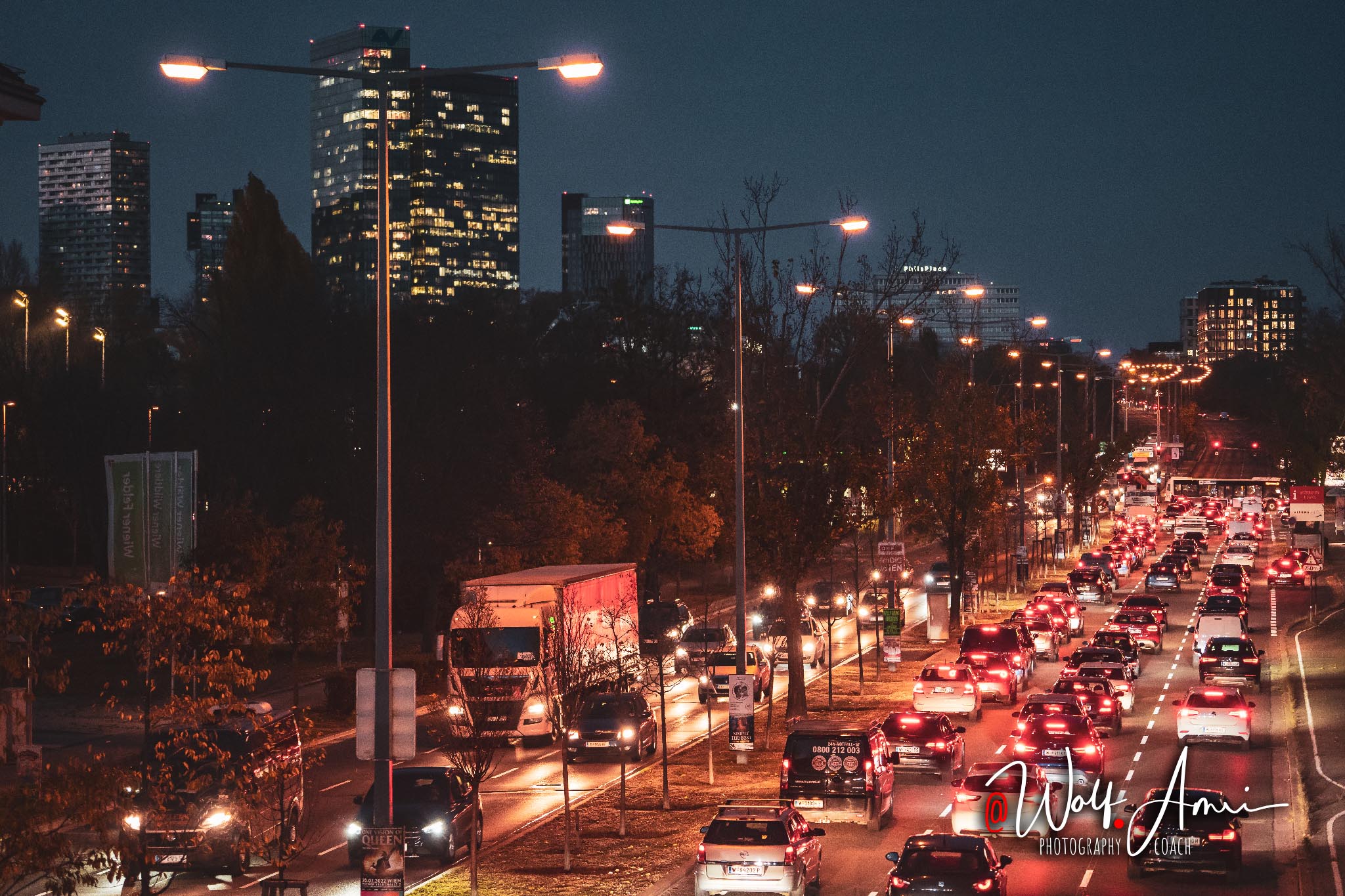
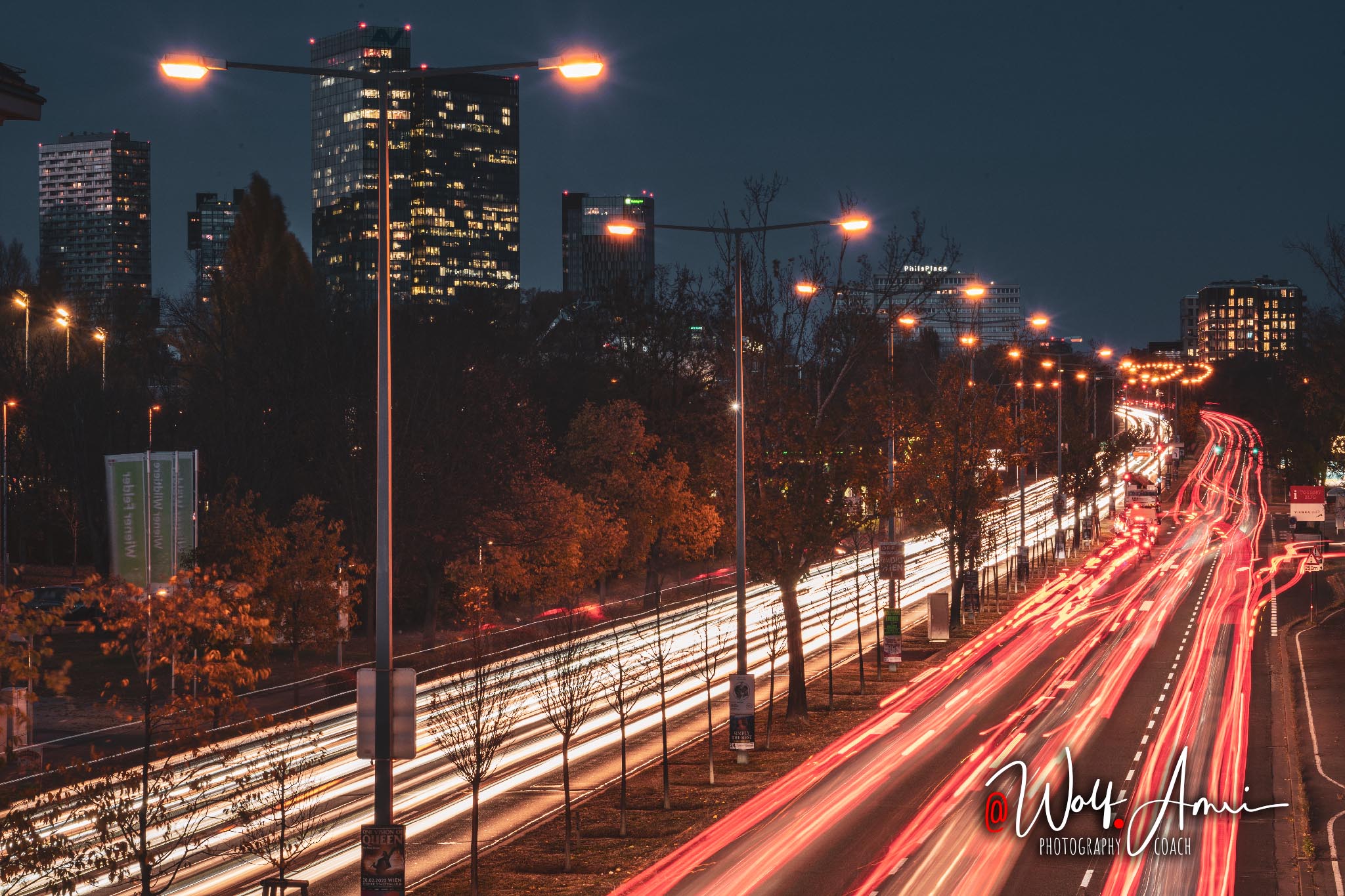
Another example for blurred motion are light trails. Changing shutter speed has a dramatic effect on anything that moves.
Sports
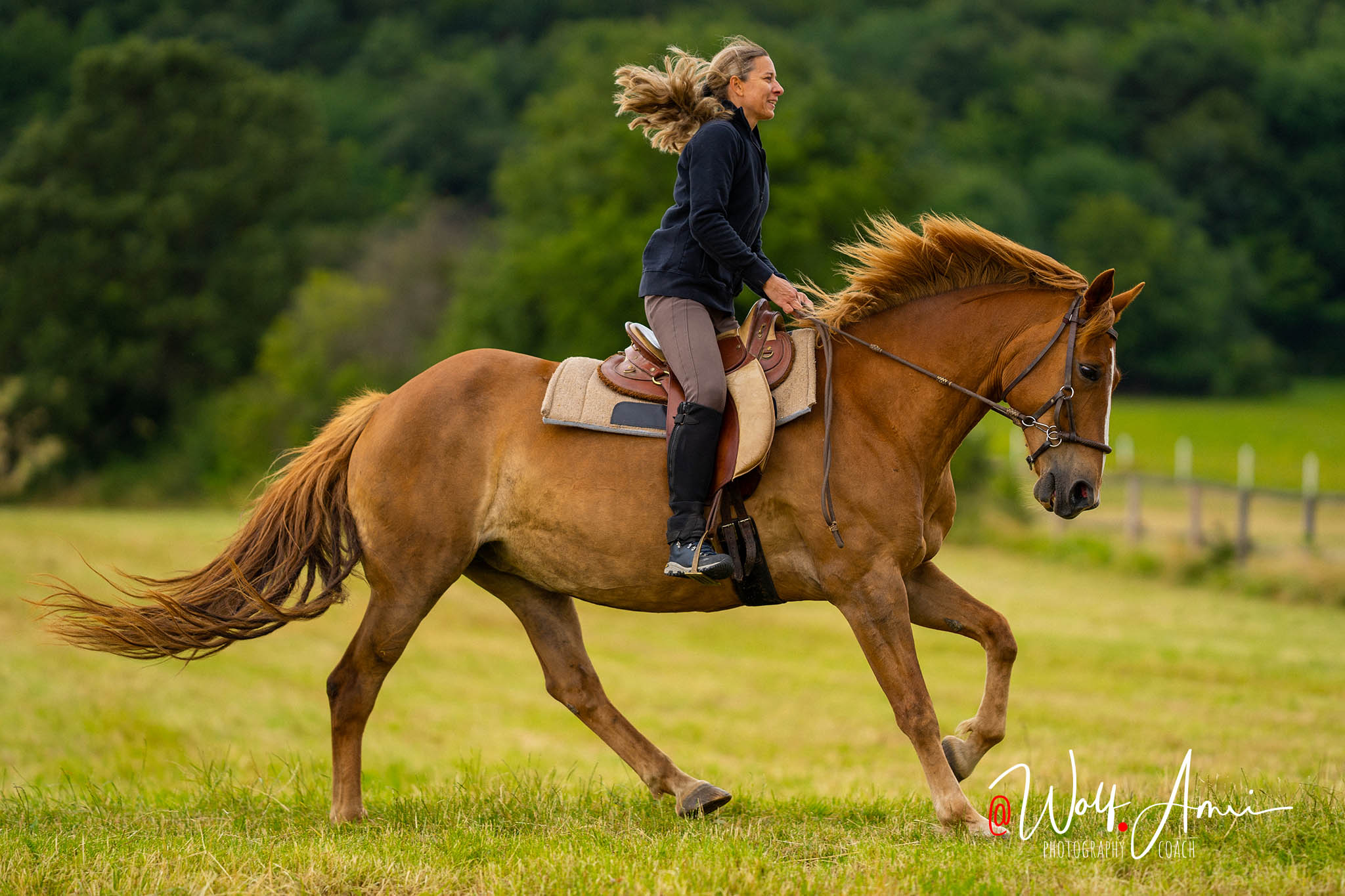

With sports you usually want to freeze motion. But sometimes you might want a more dynamic shot.
Changing shutter speed gives you both options.
Panning or Roller Shots
I’ll get you a pic soon!
Now that I watered your mouth, let me help you understand what causes these effects so that you can reproduce them without learning things by heart.
What Causes Blurred Motion?
When you choose a long exposure time (slow shutter speed) and the subject you are photographing is moving, it will move across the frame while the camera is taking the image.
That way, it cannot leave a sharp image, but rather a semi-transparent trail across the photograph.
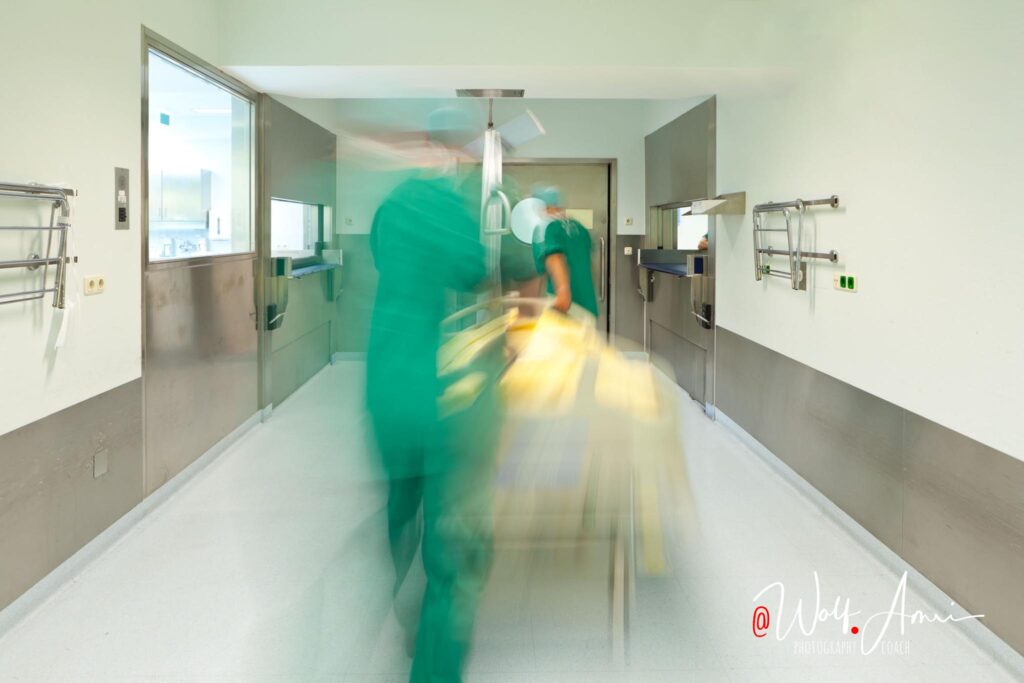
Depending on how fast it moves across the frame, it can be just slightly blurry, and only transparent at the edge, or completely blurry and almost transparent.
Of course it also depends on how long the shutter is open (remember, exposure time 😉) because the more time you give your subject to move across the frame while the image is taken, the more blurry it will be.
How to Avoid Blurred Motion?
By choosing a fast enough shutter speed. That way, you don’t give your subject time to move wile the shutter is open.
So you need to make sure the shutter closes, before your subject moved on. For fast moving subject, that means you have to choose a shutter speed that is a tiny fraction of a second.
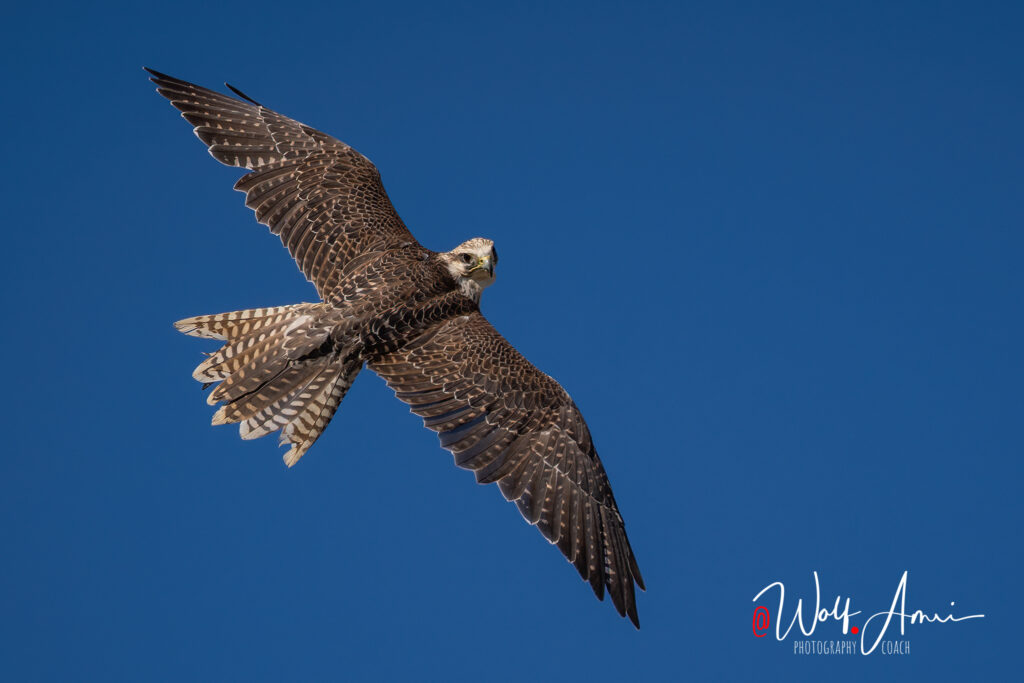
How fast it has to be, depends on the speed at which your subject is moving across the frame. I’ll give you some examples for shutter speeds that work in a second.
How to Achieve Blurred Motion?
By doing the exact opposite. Using a long shutter speed to give your subject time enough to move across the frame while the shutter is open and leave a trail.

Recommended settings for shutter speed
Examples for different shutter speeds
General Recommendation for Shutter Speed
I mentioned camera shake before.
Your hand is never 100% still while you shoot. And if you move (even slightly), it creates a similar effect as if your subject is moving. Only that in this case, the whole image is blurry, not just your subject. To avoid that there is a general rule that works pretty well.
Choose a shutter speed that is 1 over the focal length you are using. So if you use a 100mm lens, your shutter speed should be 1/100sec. For cameras with a full frame sensor.
For cameras with a crop sensor, the recommendation is 1 over 2x focal length. So for a 100mm lens, it would be 1/200sec
Luckily many cameras and lenses these days have image stabilizers that help avoid camera shake. How much slower the shutter speed can be varies a lot and depends on the specific camera and lens combination.
Please note: Image stabilizers will only avoid motion blur due to camera shake, not due to your subject moving!
Recommended Shutter Speeds by Scene
From Fast to Slow
Best Shutter Speed for Bird Photography
When photographing birds, you have to differentiate between birds in flight and sitting birds. The latter don’t really need a fast shutter speed to freeze their basically non-existing motion. But I wouldn’t choose one that is too slow because they may erratically move or clean their feathers. So I usually set it around 1/200sec, but always keep the general recommendation in regard to camera shake in mind.
For birds in flight, though, it can’t really get fast enough. 1/2500sec is a good general recommendation, but if you want to freeze the motion of a hummingbird down to the last tip of his feathers, 1/4000sec or even faster is recommended.
I wouldn’t go below 1/1600sec for birds in flight unless you want to deliberately blur some of the motion as a special effect.
Why not just always choose the fastest shutter speed that your camera supports?
read more…
Best Shutter Speed for Sports
Whether you want to freeze the motion of a swimmer (particularly fast moving water drops), your kids playing soccer, or anything that is sports-like action. You want a really fast shutter speed.
1/1600sec is usually my minimum for these kind of shots. If there is enough light, I’d normally go even higher.
A special case are so-called panning shots, where you deliberately want some blur in your images. For these I usually use 1/50sec, pan with my subject which will make the background blurry. You can start with faster shutter speeds to practice panning. But higher than 1/200sec will usually not work all that well.
With motor sports in general: don’t think you have to use extremely fast shutter speeds – often longer exposures convey the action much better. Have a look at my blog-post “how to photograph motorsport“.
Before you read on: if you like what you have learned about shutter speed so far, please consider spreading the word. Just click on the buttons below to share the page.
Best Shutter Speed for Running Dogs
Running dogs are very similar to sports photography. Here I too usually choose 1/1600sec minimum. In the shot of the Dalmatian dog, I only used 1/1250sec and you can already see some slight motion blur if you zoom in. You will soon learn that you often need to make compromises in photography. If the light is low, you may sometimes go beyond that 1/1600 and accept some motion blur to keep ISO under control.
One tip for literally everything that moves: shoot many, many – no MANY – images! Cameras usually have a burst mode that lets you shoot a lot of frames per second as long as you keep the shutter button pressed. Not only is it easier to get the right pose, moreover it increases the chance to get sharp images in case one of them is out of focus.
Best Shutter Speed for (Playing) Kids
Playing kids move faster than you would expect. And moreover kids in general don’t move as predictably as running dogs or athletes do.
So even though, you might not expect your kids to move much, give your shutter speed some margin.
I try to keep it at around 1/800sec or faster and only go below if the light gets really low.
Of course, if you expect them to run around, you’d need almost the same shutter speed as you would do for sports. In that case, I’d try to raise the shutter speed to 1/1600 whenever possible.
Macro Photography
Some of you might expect that for macro photography you can choose a pretty slow shutter speed because, let’s face it: compared to birds in flight, insects move pretty slow.
BUT: it’s not the speed in real life that counts, but how fast the subject moves on your sensor relative to the sensor size. So a tiny insect might move faster across your frame than an airplane.
So for flying insects, I try to stay close to 1/800sec or faster. For insects that don’t move, I try to still get a shutter speed of around 1/200sec because when I don’t use a tripod, I may shake a lot, or the wind might shake the leaves, which even requires a faster speed. And as mentioned before: take bursts of images!
An exception are spiders. They tend to sit really still and you can use your tripod to lower the shutter speed by quite a lot.
Portraits, Couple Shots at Weddings, Maternity Shoots, Group Shots,...
What about photos of people where they know that you are shooting and you can expect them to sit or stand “relatively” still?
That’s a classic case of using the rule you learned above when I talked about camera shake. All you have to care for in this case is to avoid camera shake.
For most lenses (except for very long lenses that I usually don’t use for this kind of photographs), I tend to use 1/125sec.
But shutter speed is not really the most important part for this kind of photography. Aperture, or better said depth of focus, is the more important factor for these kind of photos.
Shutter Speed for Landscape Photography and Cityscapes
Shutter speeds for regular landscape photography are similar to portraits. If you handhold the shot, you want to make sure there is no camera shake.
If you use a tripod, that will give you some more freedom to choose slower shutter speeds. However, be careful when there is wind you want to avoid trees, grass, etc. to become blurry.
Since I mostly use wide-angle lenses for landscape photography, I go a little lower than with portraits and try to stay around 1/60sec or faster. If there is enough light, rather 1/125sec.
But please note: that doesn’t mean that you have to go as low as that. On one of the next pages, I’ll explain how all the settings play together. See this as the minimum. Faster is usually even better.
Moon Photography
Some think the moon is not moving, others think the moon travels very fast across the horizon. The truth is somewhere in between.
If you photograph handheld, you again only need to care about camera shake.
But if you use a tripod, you want to set 1/100sec, particularly for longer lenses. I have done tests with a 3000mm lens and you could even go slightly lower. But since the moon is pretty bright once it is up on the horizon and not in a crescent or new phase, there is enough light available to choose 1/100sec.
1/50sec and lower will usually result in blurry pictures with longer lenses. For wide angle, it doesn’t matter much at all.
A very special case are lunar eclipses. The light gets so dark, that you don’t really have a chance to shoot it with a fast shutter speed. In this case you have to live with motion blur unless you have very specific equipment that will track the moon on its path.
Product, Food & Still Life Photography
When things absolutely don’t move, you can literally chose any shutter speed you wish, so you can prioritize other camera settings and just adapt the shutter speed to get the perfect image brightness . All you have to care for is to put your camera on something solid (like a tripod) and shoot away.
Most products are shot using flash, where shutter speed doesn’t matter much, except for an issue called sync speed that I will explain in the more nerdy part of this page.
But lately more and more people are shooting with natural lighting or LED lights. LEDs are not nearly as powerful, but when you are free to choose any shutter speed you wish, that doesn’t matter either.
One thing to keep in mind though when shooting with LEDs is flicker. From a certain shutter speed (usually above around 1/100sec) upwards, you may get horizontal lines in your shots. So make sure to check that.
Best Shutter Speed for Light Trails
One photography genre that is very much dependent on shutter speed is doing light trails. Here you obviously need pretty long shutter speeds to have the passing lights create some trails.
How long the exposure time needs to be, depends on the speed at which your subjects are moving and also on how long you want the trails to be.
I’ll soon do a separate video on my youtube channel on light trail photography. It sometimes requires setting the shutter speed to so-called bulb mode which I will explain in a second.
Long story short: experiment with your shutter speed to create different lengths of trails when doing light trail photography. Expect to use 4sec or longer to get a decent effect. That of course requires your camera to sit on a tripod, or something solid.
Best Shutter Speed for Fireworks
Despite the disastrous impact on the environment (particularly birds and danger of fire), fireworks are great fun to photograph. For these reasons and also because cheap private fireworks are not even worth taking your camera out, I’d strongly recommend to not do private fireworks, but rather try to shoot public ones.
Technically you want rather long shutter speeds for fireworks. Roughly 4 seconds. BUT: the timing with fireworks is rather difficult. You want to press the shutter at the exact time the rocket goes up, and release the shutter button when the explosion is over. As I said, that roughly takes 4 seconds. But it’s even better to use the bulb setting that I will explain below.
Then you can easily press the button when the rocket goes up, keep it pressed until the explosion is over, and then release it. That gives you a great chance to get many awesome firework shots from one single session.
Best Shutter Speed for Waterfall Photography
Most popular waterfall shots use pretty long shutter speeds. That way you blur the motion of the water and create that silky smooth look that is perfect for every wallpaper.
These images require shutter speeds of at least 4sec. Longer is usually better. I try to keep them around 20-30sec. When setting such a long exposure time during daylight, your image will become heavily over exposed, no matter what other camera settings you choose.
There are two solutions to that problem:
- don’t shoot in bright daylight but wait for the evening (that will give you a very short time frame though before it gets dark).
- get some ND-Filters for your camera. ND filters are like sunglasses and reduce the amount of light that enters your camera. For waterfall photography, I’d go for a 10 Stop ND filter.
If you don’t want that silky look, you have to freeze the motion of the waterfall and that requires a pretty fast shutter speed. In this case you want 1/1250sec minimum. Compare the two first shots to see what difference that makes.
Best Shutter Speed for Milky Way Photography
Photographing the Milky Way or the night sky in general is addictive. Once you get hooked, you can’t let go. The best shutter speed for photographing the milky way depends a lot on the lens you use.
Since the earth rotates, the stars move across our horizon and if you expose too long, the stars will become small lines, rather than sharp points. That becomes more evident, the longer the lens you are using.
Therefore, people have created a few rules. The most popular is called the 500 rule. Divide 500 by your focal length to get the maximum exposure time you are supposed to use to keep sharp stars. So if you have a 16mm lens, you’d calculate 500/16=31.25 so roughly 30sec.
If you use a so-called-crop sensor camera, you have to address that too. The formula would be 500/focal length x crop factor. So for a 16mm lens on a Canon t7, that would be 500/16×1.6=19.53, so 20sec.
With the increase in resolution in modern cameras, the 500 rule might still create some slight blur, so people have come up with the so-called NPF rule, that also considers resolution and sensor size. Let me refer you to apps that will calculate that for you. My preferred one being photopills.
If that interests you, let me know in the comments below and I’ll make a dedicated page about milky way photography.
That should give you a good knowledge about shutter speed. You can now read on for even more advanced kowledge below, or…
Advanced Shutter Speed Knowledge
The Nerdy Stuff
If you are a photography beginner, skip this section and continue to ISO above.
Return, once you feel comfortable to learn more about shutter speed.
Bulb
I already mentioned the bulb setting for shutter speed a few times. It’s usually found at the end of all the possible shutter speed options, after 30sec.
It will keep the shutter open for as long as you press the shutter button. Being that 1/2sec, 30sec or 5h (a little exaggerated 😉). So bulb gives you the option to extend the exposure time way past the regular settings.
Where is that helpful?
Personally, I like to use it for very long exposures at the water front, where I want to blur the water of the ocean in the mid daylight (you need an ND-Filter to reduce the light entering the camera though). Below is an example of 2,5min exposure. Also for fireworks and light trails it is really helpful as mentioned above. Here it helps timing the shots, rather than extending the exposure time.
What I strongly recommend when using bulb, is a timer remote (intervalometer) or at least a cable remote. That way you don’t have to touch the camera while you press and hold the shutter button. Even with the most solid tripod: holding the shutter for that long will introduce camera shake.
I will soon create a separate page and even a video about how to use the bulb mode.
Long Exposure Noise
When we talk about bulb and long exposure in general, I need to mention long exposure noise. The longer the shutter is open, the warmer the sensor gets and that can create some weird colour noise – particularly in the darker areas of an image. See this example with a lot of different coloured pixels. The second image is an enlarged crop of the marked area in the first image.
This image is a 200sec exposure and despite covering the camera with a baseball cap, it was still pretty hot, increasing the noise even further than when you shoot in very cold conditions.
Most cameras have a “Long Exposure Noise Reduction” function, that lets you fight that noise. It will take another image with closed shutter, compare the noise to the real image and then filter out the noise. The bad thing is: that second image takes just as long as the first one and if you expose for 2min, it’s quite cumbersome to wait another 2min before you can continue shooting. More about noise on the next page.
Very Fast Shutter Speeds
From a certain speed onwards, the exposure time becomes so fast, that the sensor can not revealed completely at any time. Instead, there is a slit moving over the sensor to expose it.
As you can see in these animations, the speed at which the shutter is moving is always the same. It’s the amount of time, each pixel on your sensor is exposed to the light. And that’s why as I explained in the beginning, shutter speed is actually very wrong and the correct term is exposure time. The first animation shows the last “shutter speed” that would reveal the sensor completely. From then on, there is only the slit that I’ve mentioned.
Maximum Sync Speed
You may have realized, that your camera may not let you set shutter speeds faster than 1/200sec (that differs from camera to camera) when you are using flash.
That has a reason that might sound complicated, but is actually rather easily explained. You have learned above, that with very fast shutter speeds, the shutter is never fully open. In the first animation below, the shutter speed is just fast enough that the shutter is fully open. When you use flash, the flash will fire exactly when the shutter is fully open.
In the second animation, the shutter speed is so fast, that the sensor is never fully revealed. The second shutter curtain closes, before the the first shutter curtain is fully open.
So the flash is fired while at least a part of the shutter is covering the sensor. And that will create a shadow on the sensor. See an example below the animations.
Many modern flashes provide a so-called high speed sync function that provide a workaround for that issue. More on that on a separate flash page some time later.
Electronic Shutter
If you are a very critical reader, you have realized that my examples with the moving shutter on this page may not be 100% correct. They are true for DSLR cameras, but not so much for so-called mirrorless cameras.
The latter have the sensor revealed to show you a preview of your image in the electronic viewfinder or on the display. They usually use an electronic first curtain shutter, meaning that there is no mechanical first curtain. The sensor will nevertheless start counting light particles from the moment you press the shutter button by just turning on the pixels electronically. The second shutter curtain is however mechanical – MOSTLY!
Newer cameras have a so-called silent shutter function. If you set that, the second curtain will also be an electronic shutter. So after set exposure time, the sensor will just stop counting light particles. Seems to make total sense, right?
The big advantage is, that your shutter doesn’t wear down (depending on the grade of your camera, shutters have a limited life span that is somewhere between 50.000 and 200.000 shutter actuations). I particularly use that if I shoot time-lapse, or lightning, where I shoot many many images within a short period of time.
The electronic shutter does have disadvantages though. Cameras (except for very few professional cameras) read an image line per line, and some time passes between reading out the first line and the last. That creates two effects:
- If you have a fast moving subject, the subject could have moved on in that time and you would get some distortion. That effect is called rolling shutter and can create some weird distortions, or even some totally strange behaviour. See the image of a flying bee shot with an electronic shutter.
- The other effect has to do with the frequency of mostly LED lights. If you shoot indoors, you may get some horizontal lines depending on the LED lights and the speed of your shutter. In the example below the light in the only light in the room apart from the window was a badly flickering LED light. Above shutter speeds of 1/100sec it started to create bands that render the image unusable.
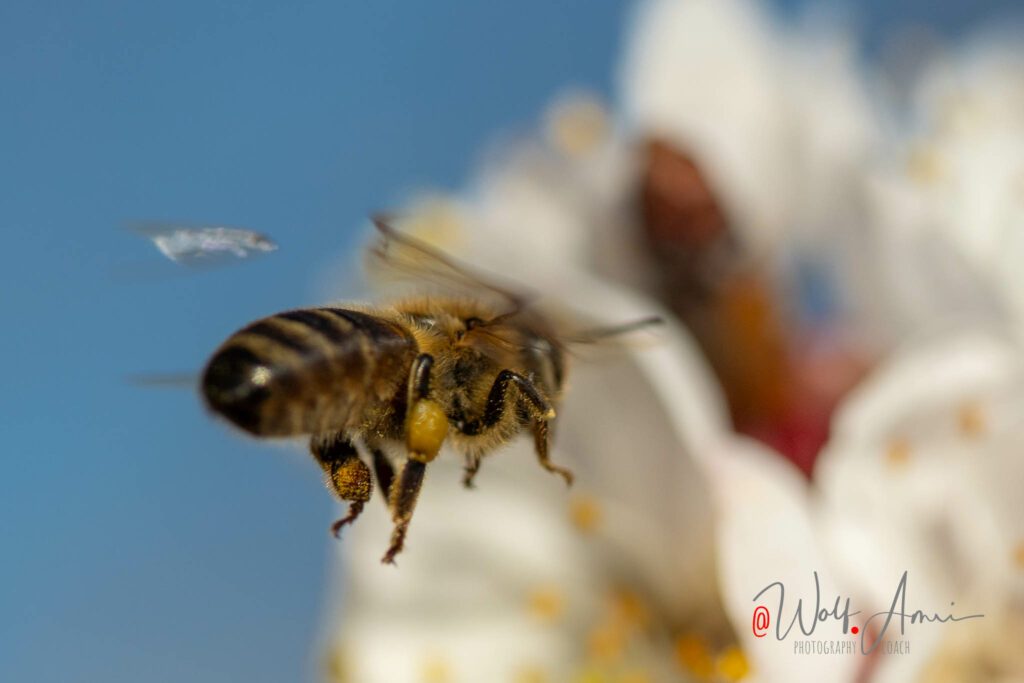
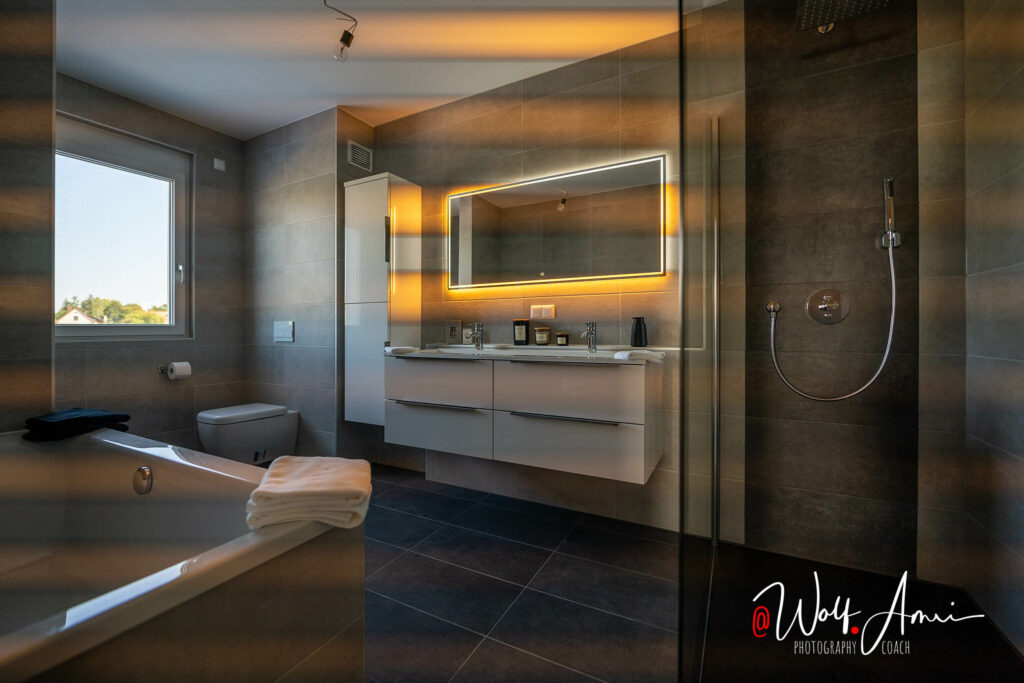
Consider the advantages and disadvantages of an electronic shutter for the intended use, before using it!
So you learned two things:
-
Longer exposure time, brighter image
-
Longer exposure time, more blur
SHUTTER SPEED MNEMONIC
A sensor basically counts light particles.
Light particles are like snowflakes.
The longer it will snow on a dark surface,
the brighter it will get
Shutter Speed FAQ
Here is a list about the most frequently asked questions regarding Shutter Speed
There is no such thing as a the best shutter speed for any light. If you have a tripod, you can shoot long shutter speeds at night to avoid high ISO noise.
What really counts in regard to shutter speed: is there some motion in your frame and do you want to freeze it or not. Please have a look at my recommended shutter speeds by scene to give you a ballpark of what you’ll need.
For milky way shots there are several rules. I recommend having a look at my info about milky way photography above, or check out photopills sharp star calculator.
Please comment below. I will constantly update this section with new questions.
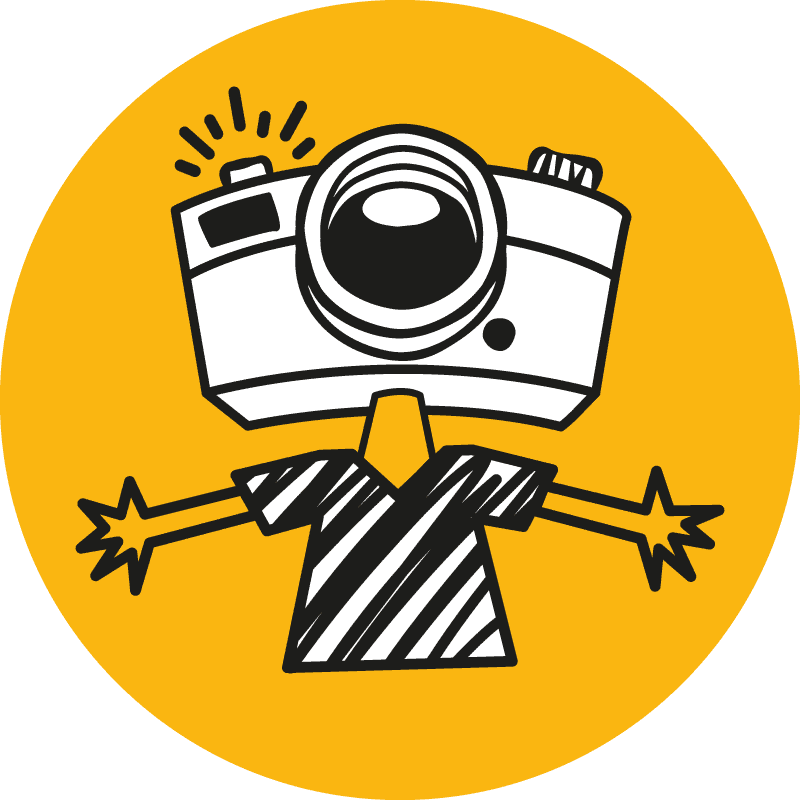
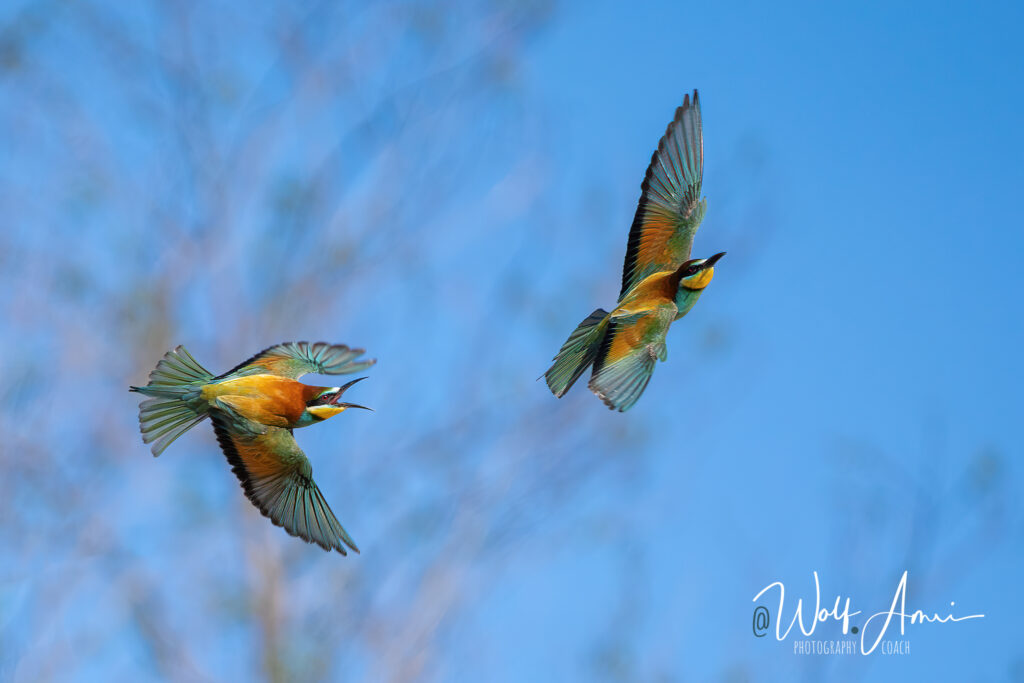
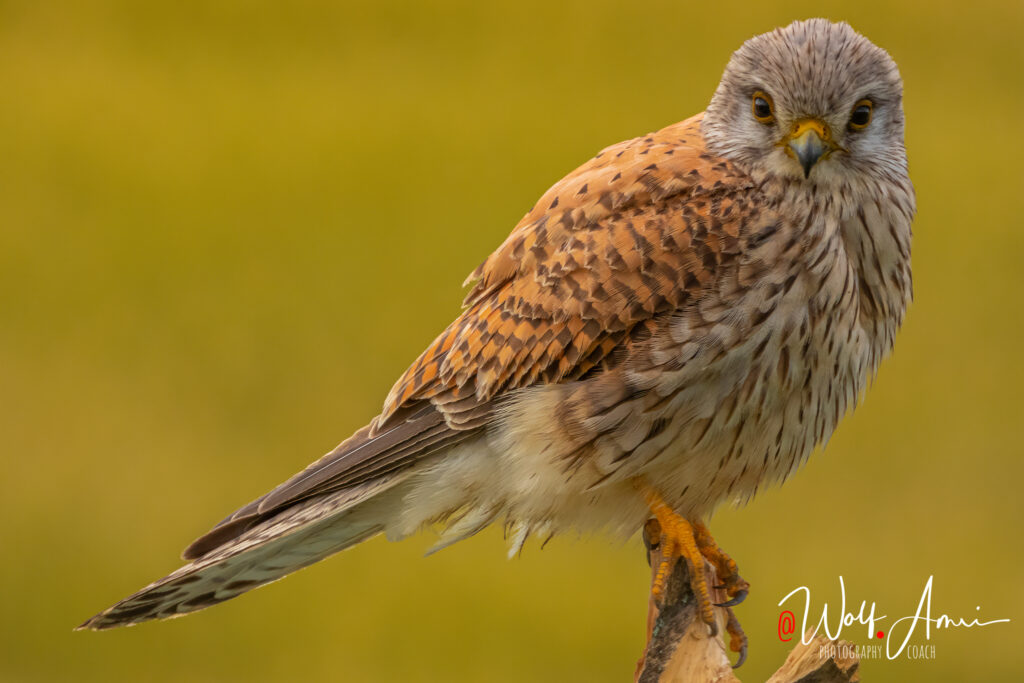

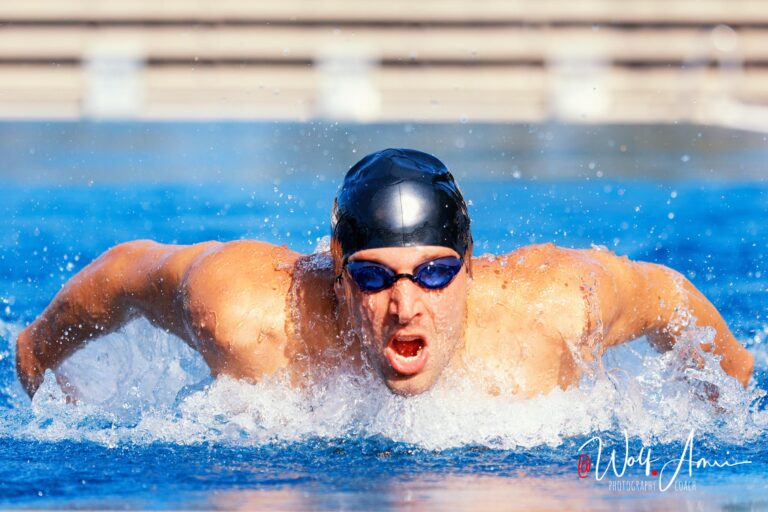
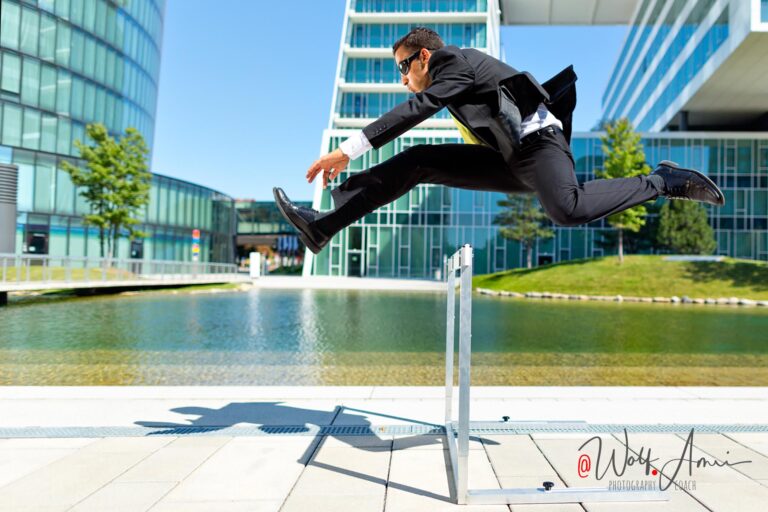


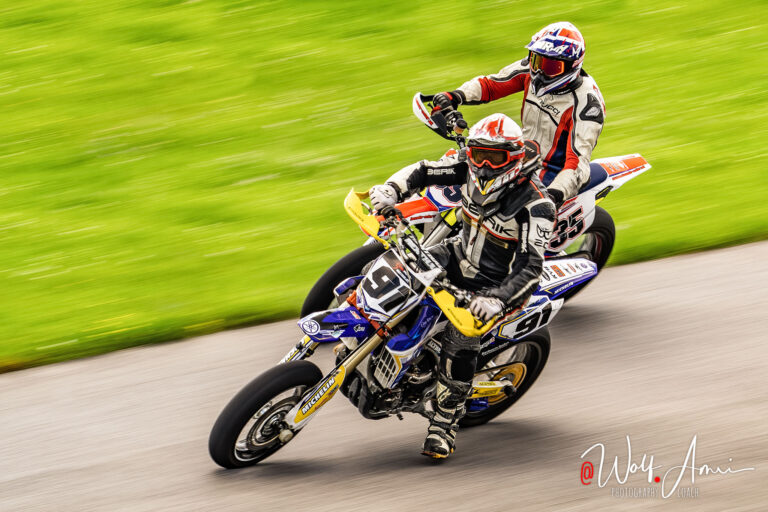
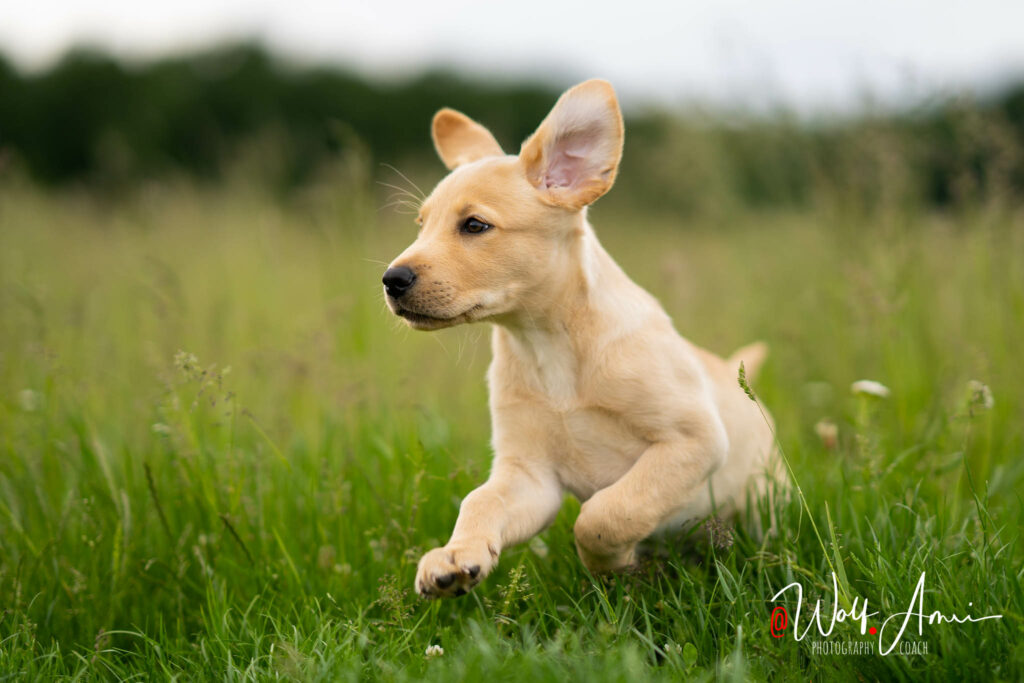




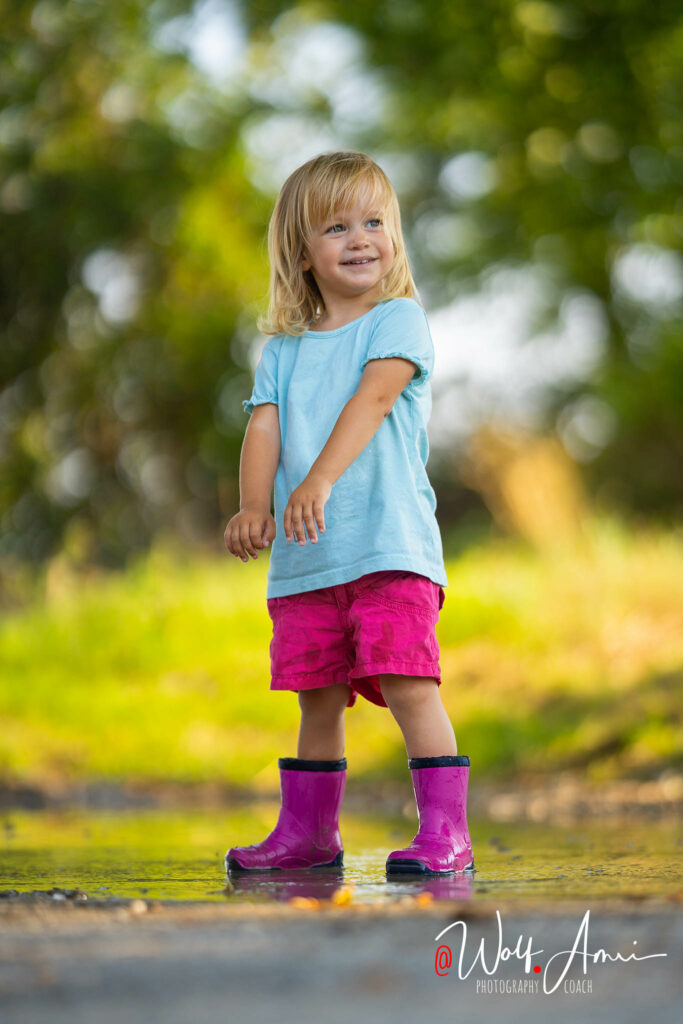
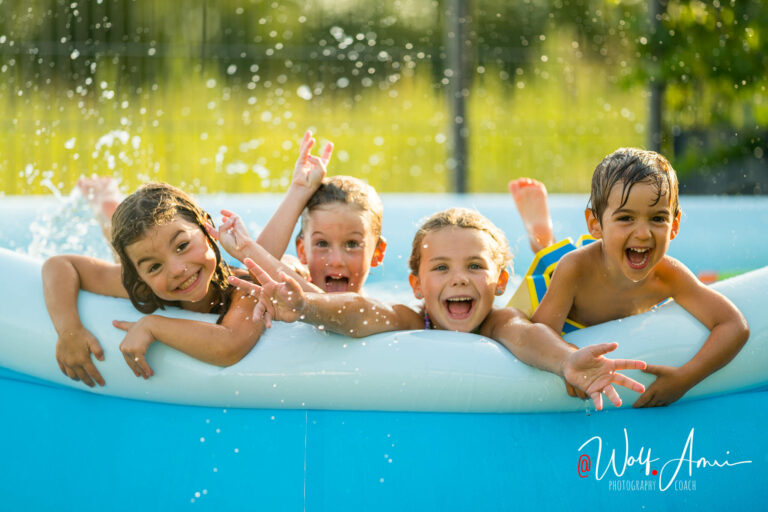



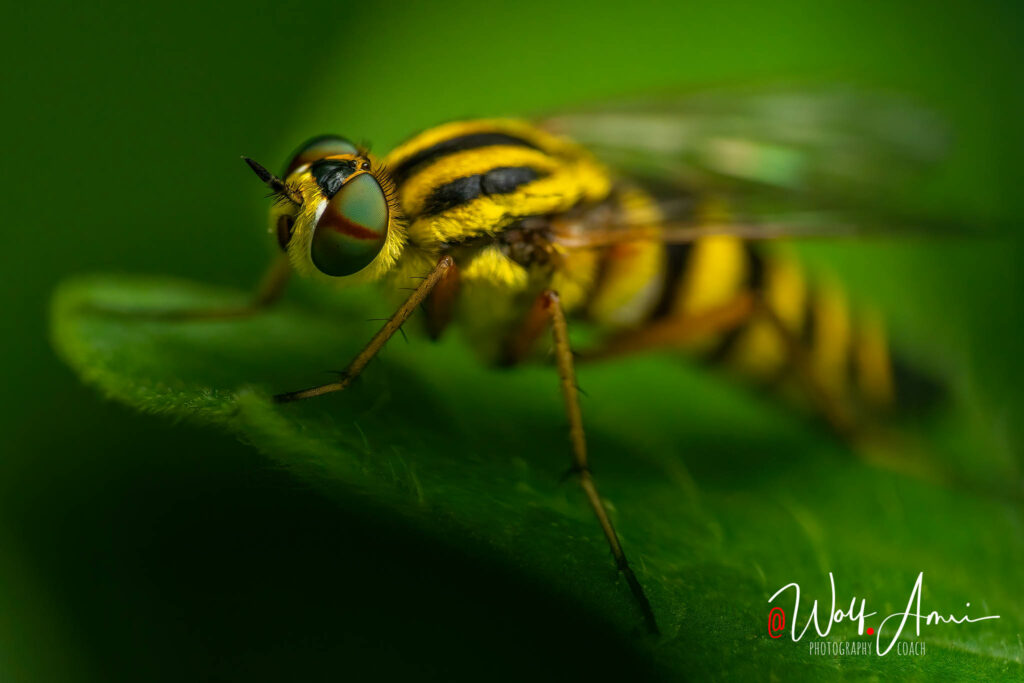
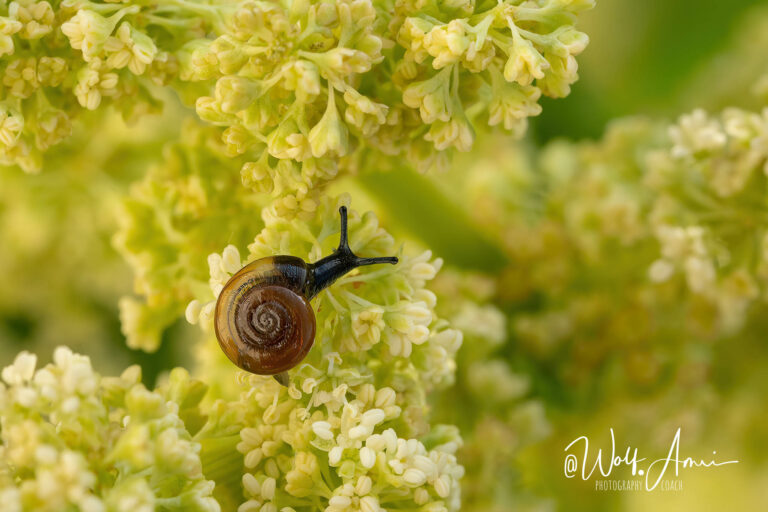
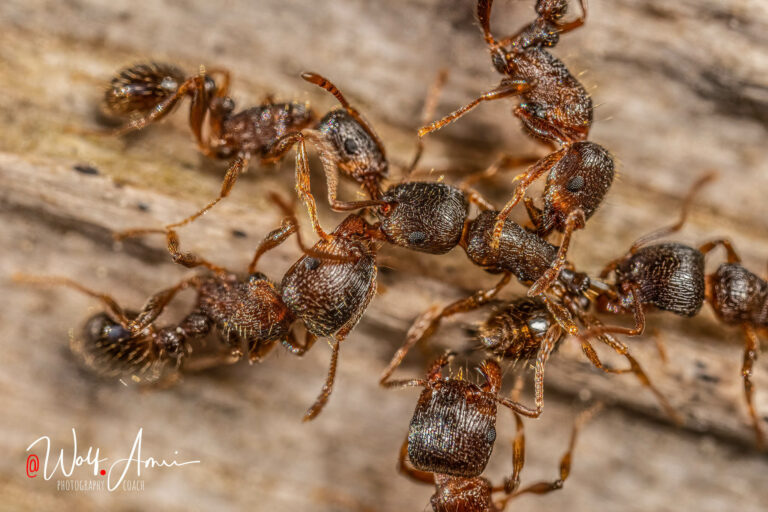
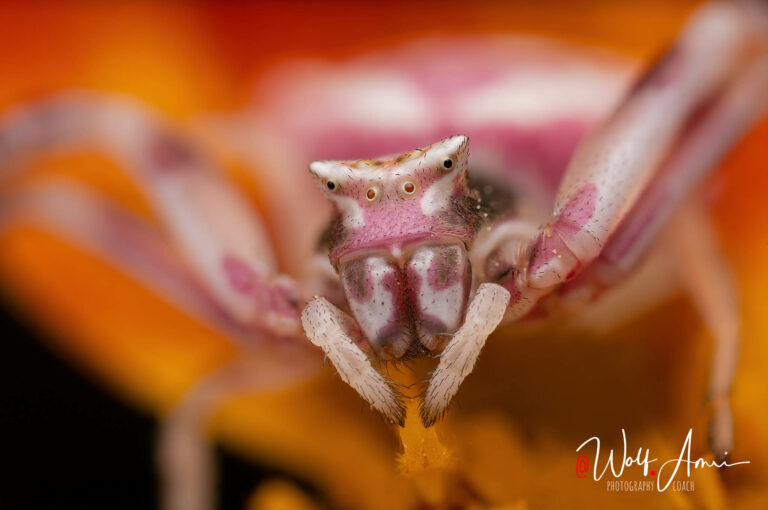
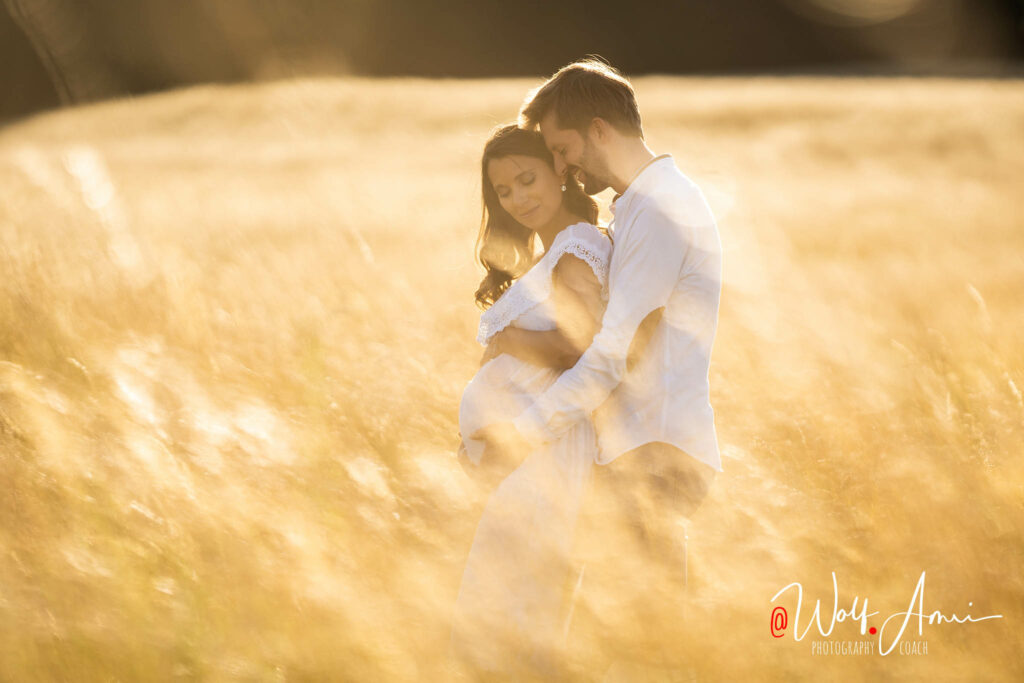
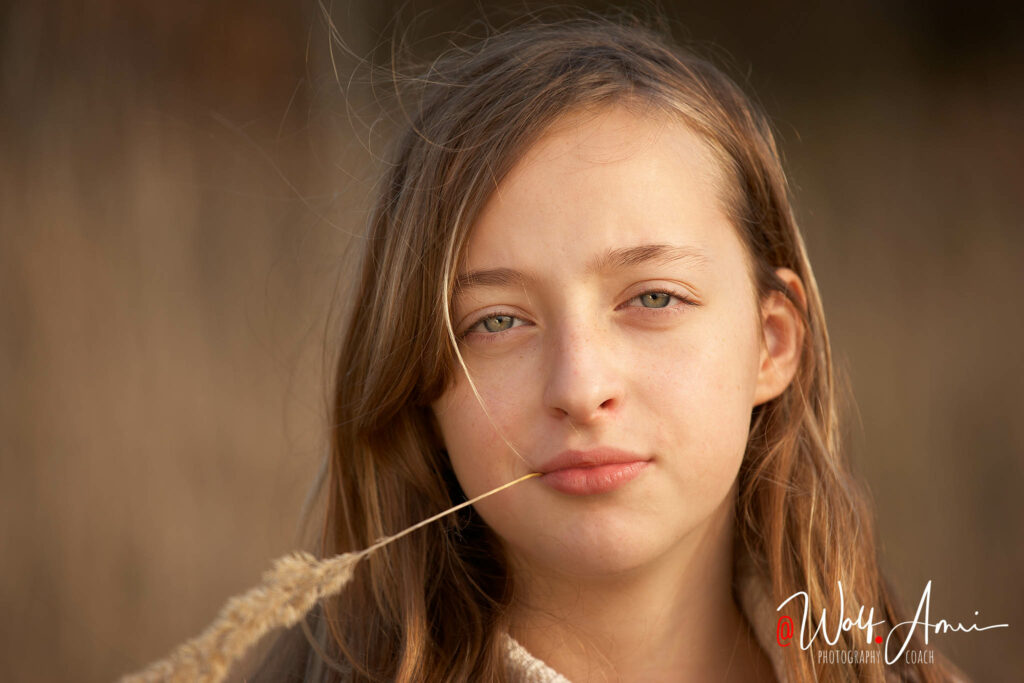
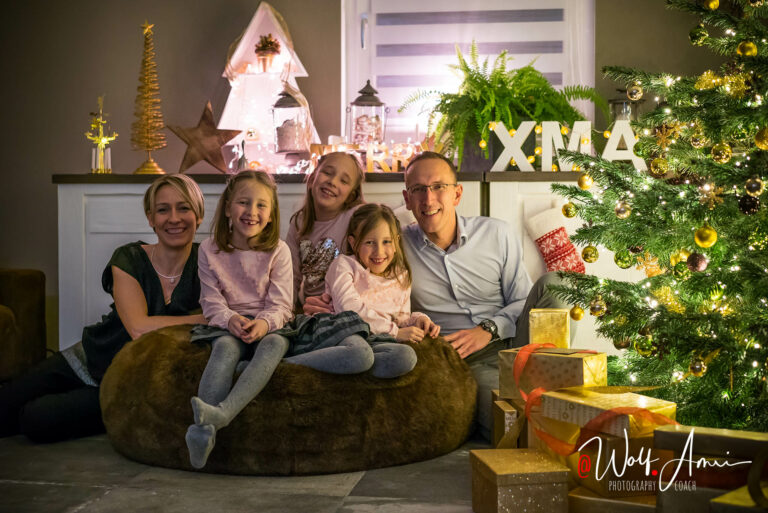
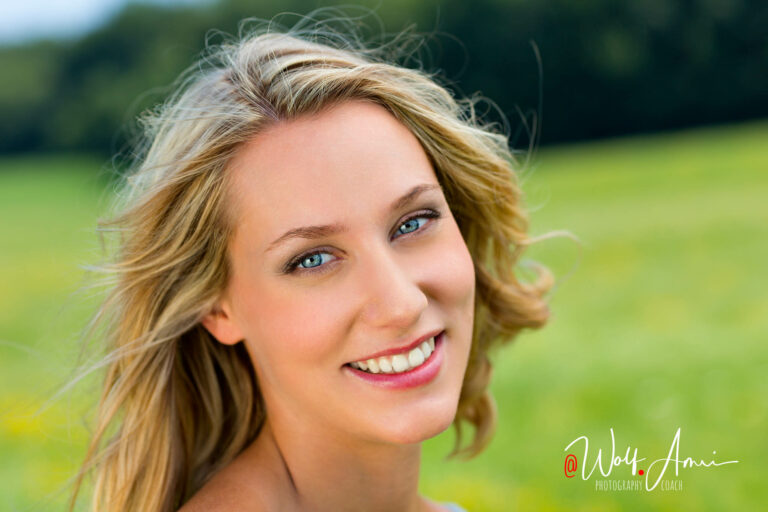
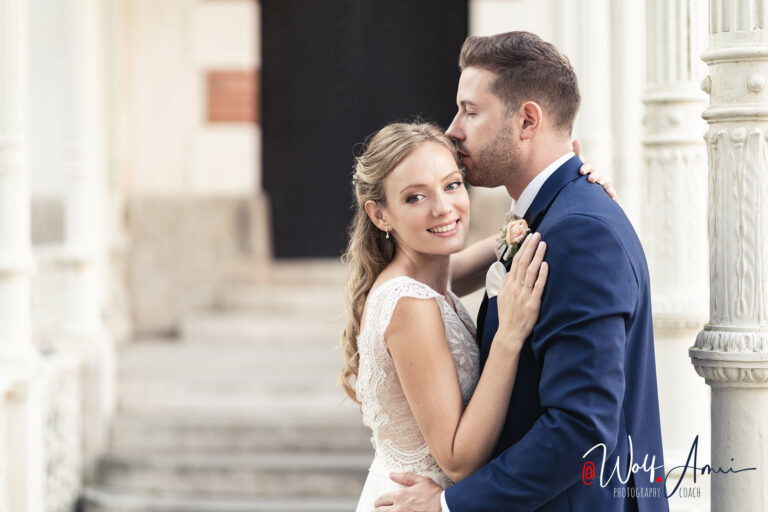

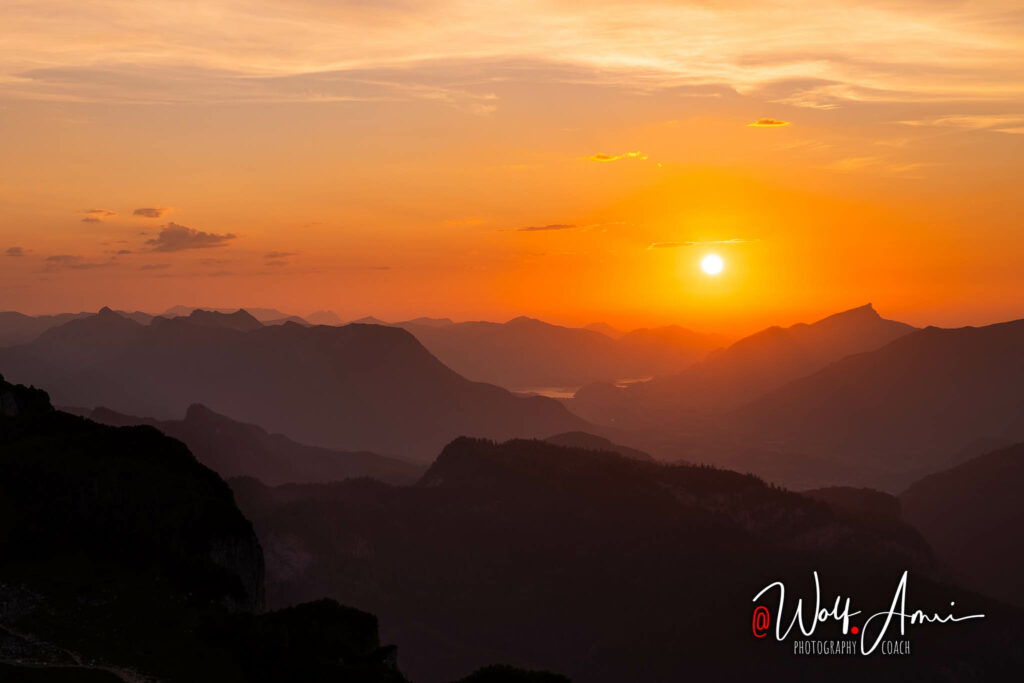
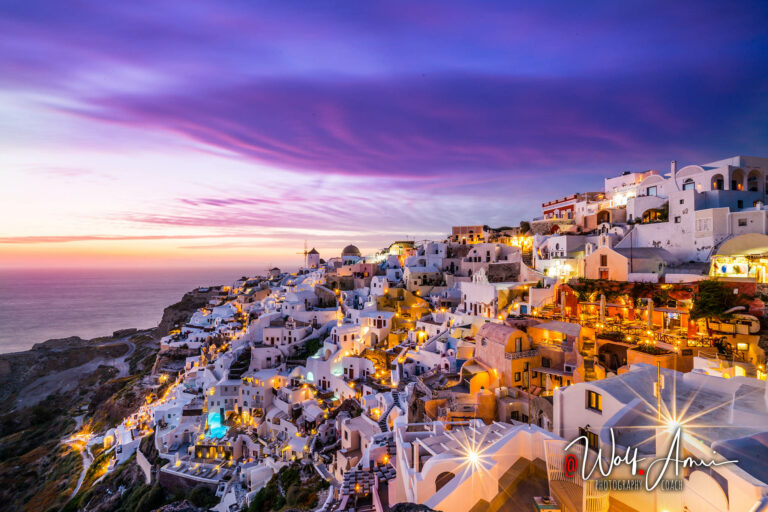
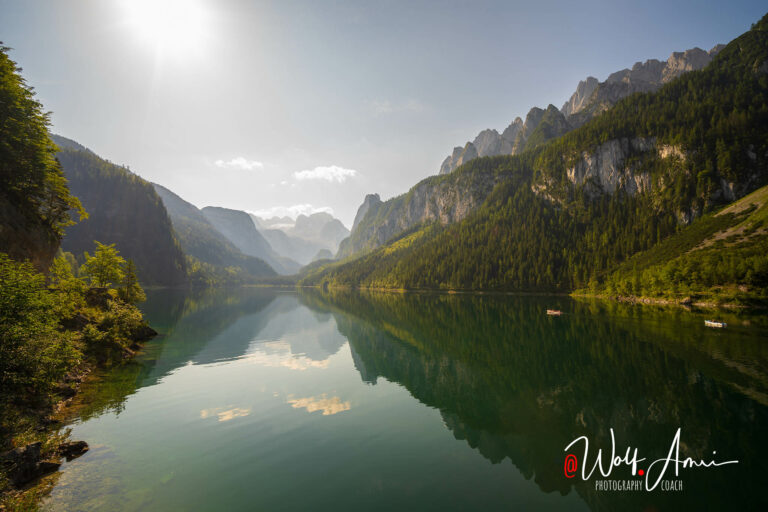





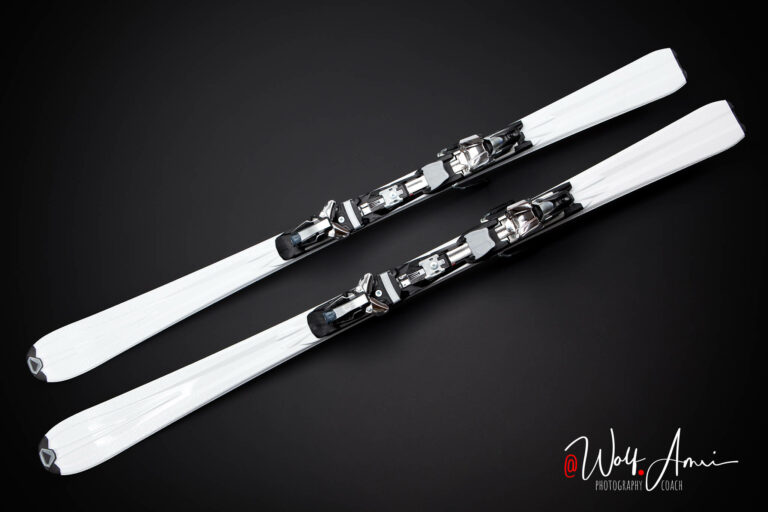
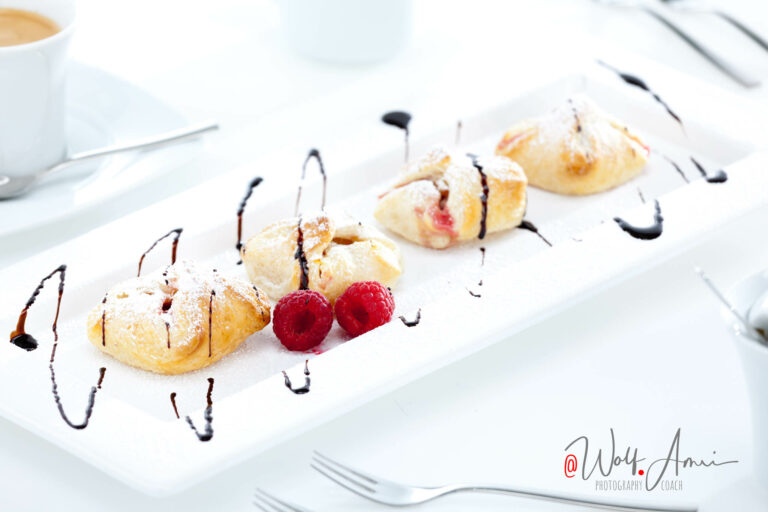
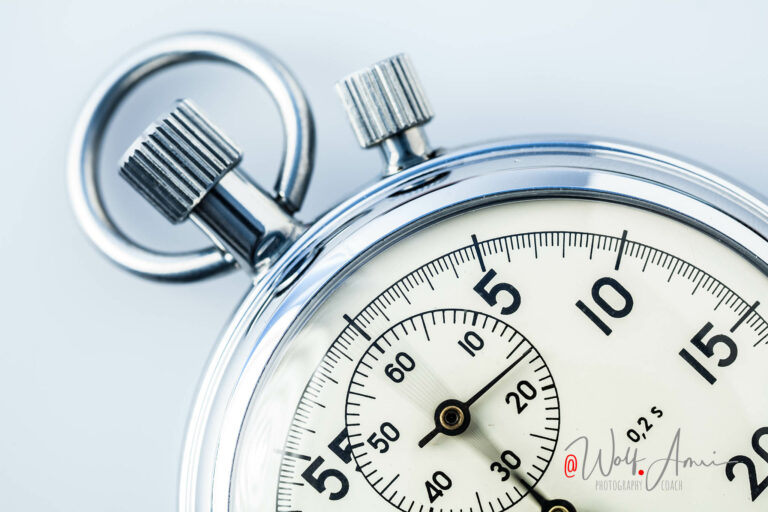
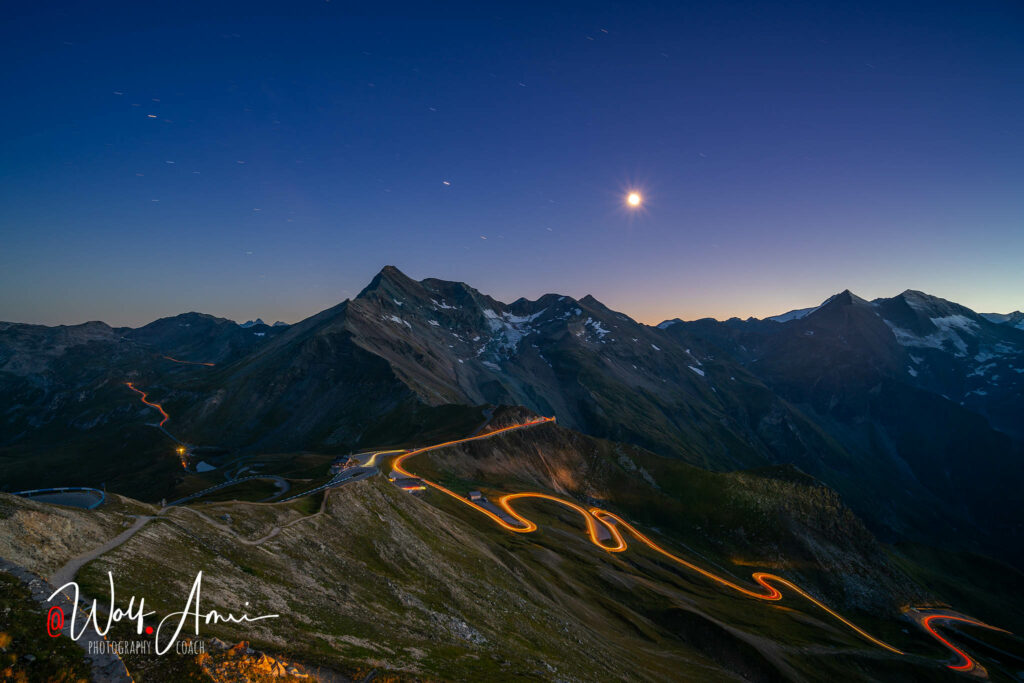



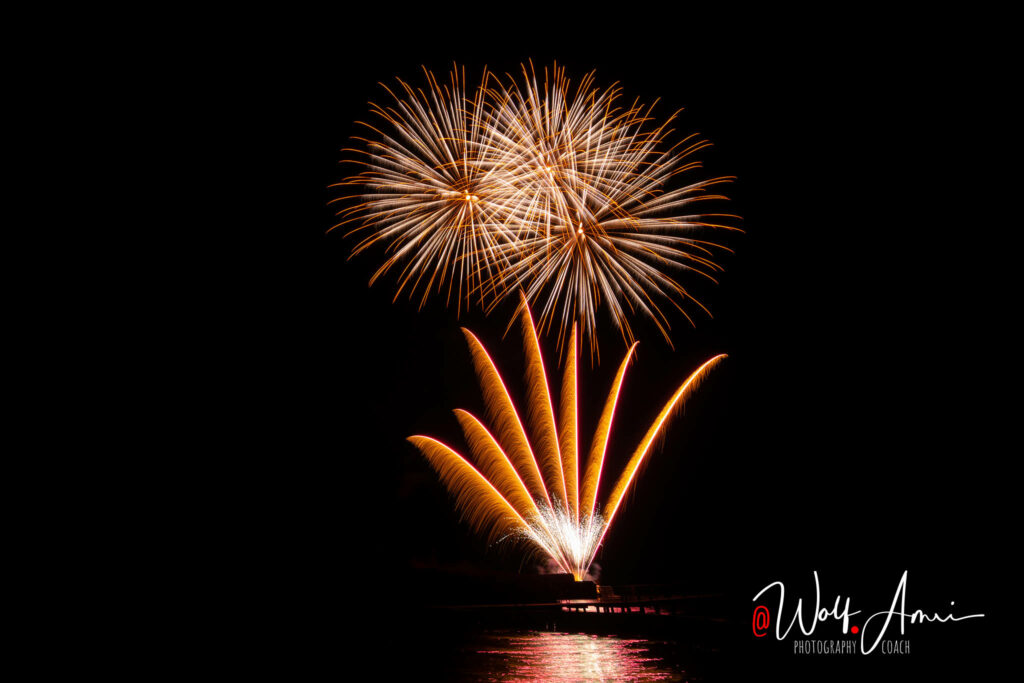



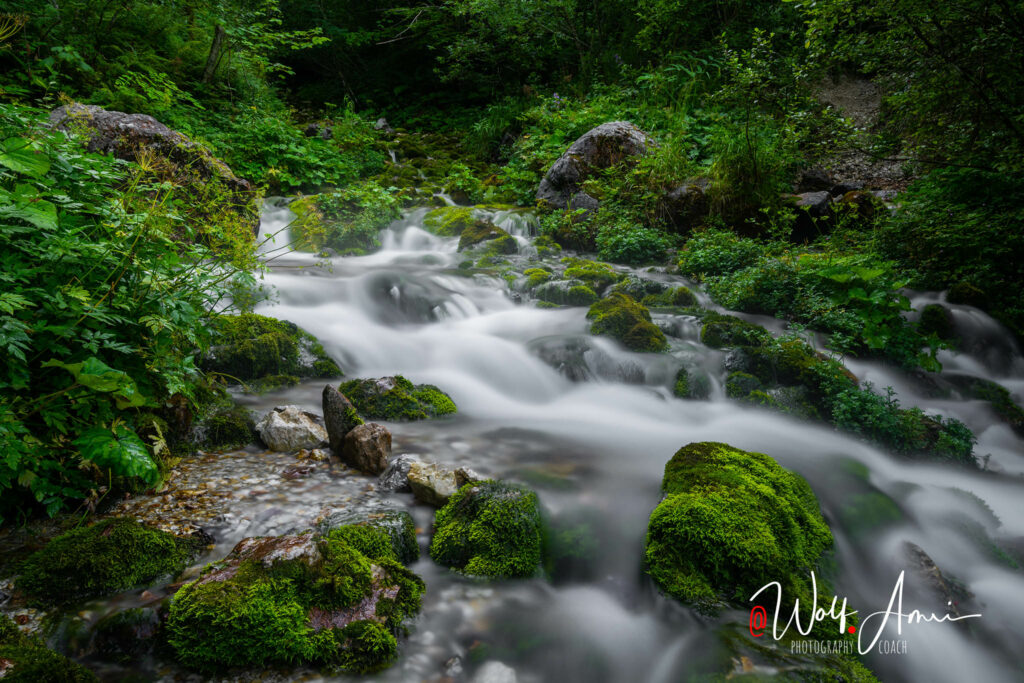


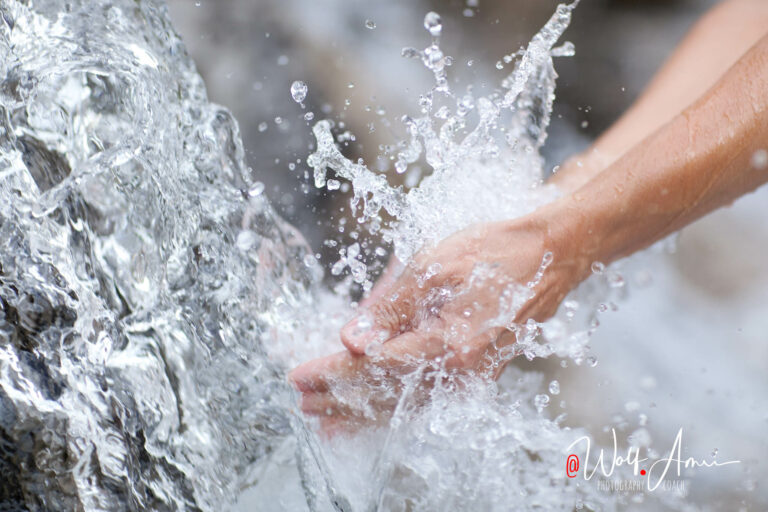




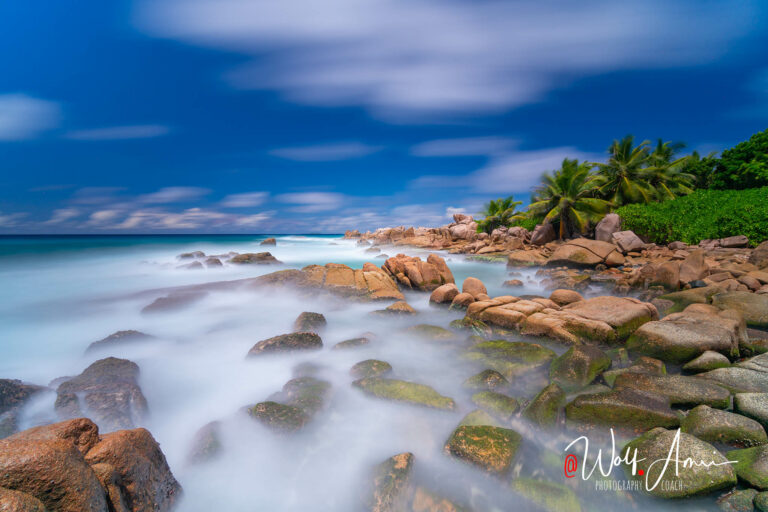
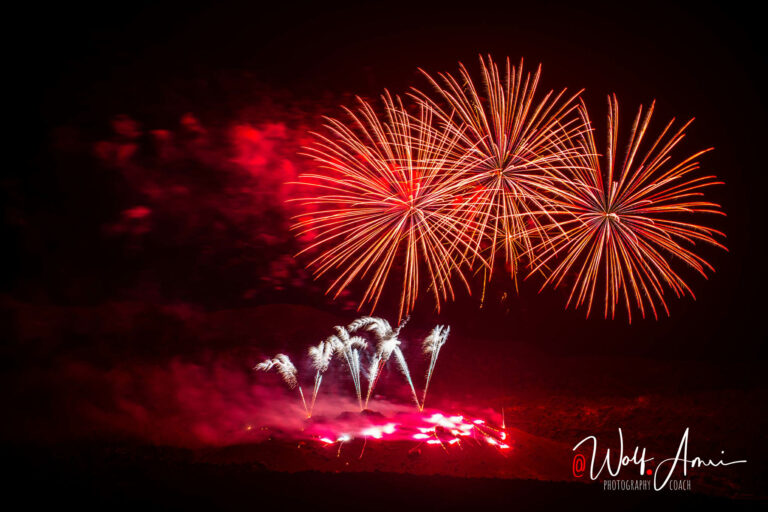
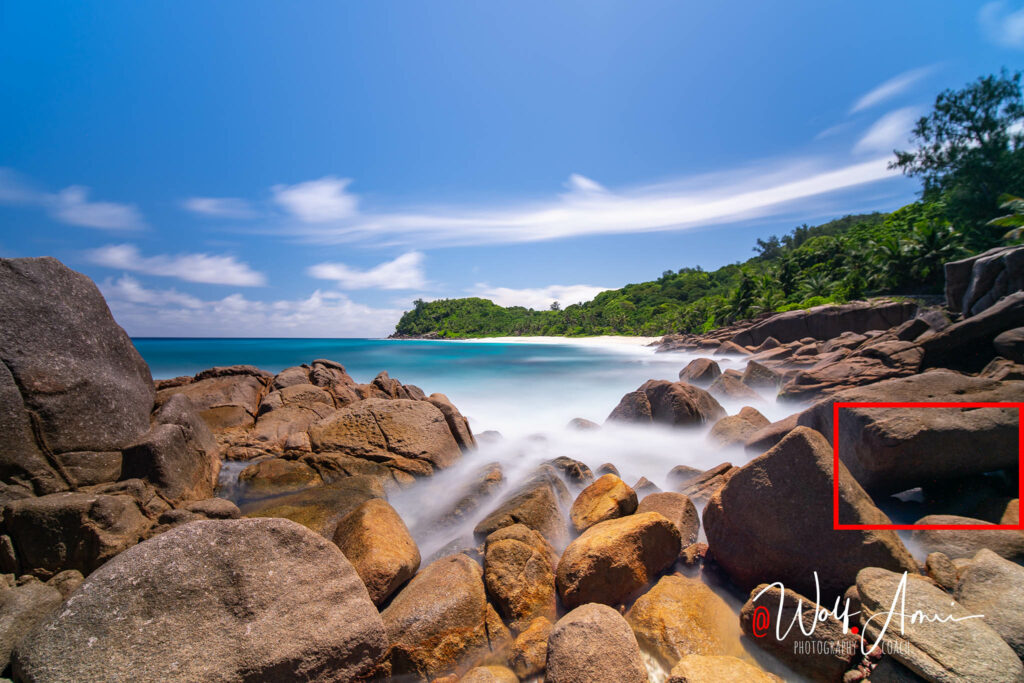
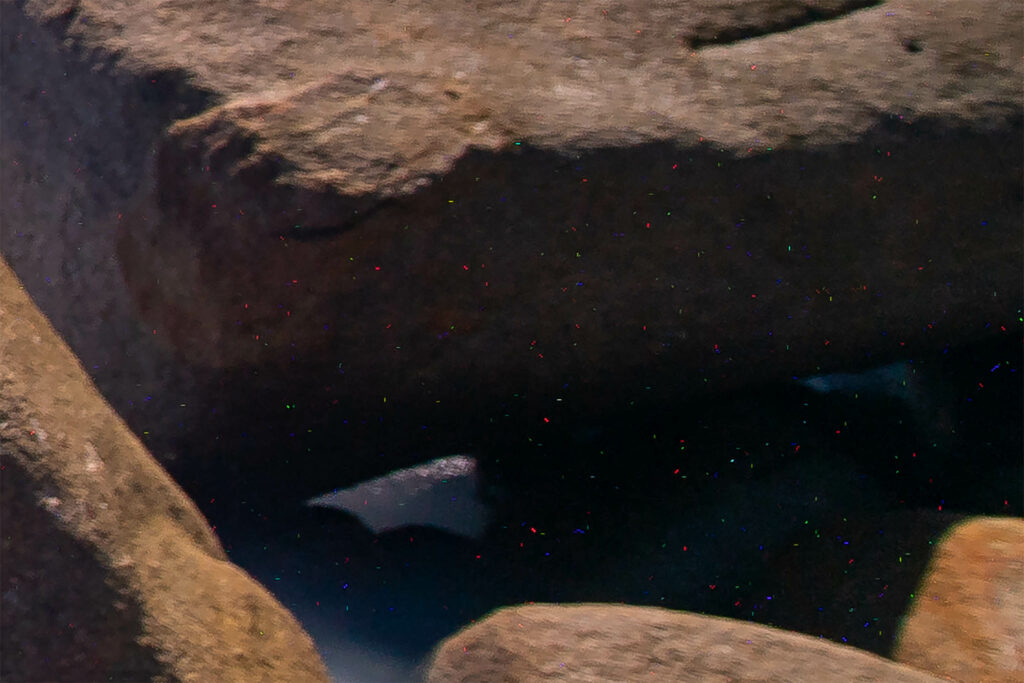
Hi Wolf-
Such an incredibly helpful website!!! I love all the concrete shutter speed examples, complete with photos! I’ve made a little cheat sheet that I can carry with me to refer to while on a photo excursion. 🙂
One note:
Do you mean “divide 500 by your focal length”? instead of “Divide your focal length by 500 to get the maximum exposure time you are supposed to use to keep sharp stars. So if you have a 16mm lens, you’d calculate 500/16=31.25 so roughly 30sec.”
Hey Daniela! Thanks so much. You are absolutely correct. Thanks for helping me out. I just changed that – much appreciated!!!